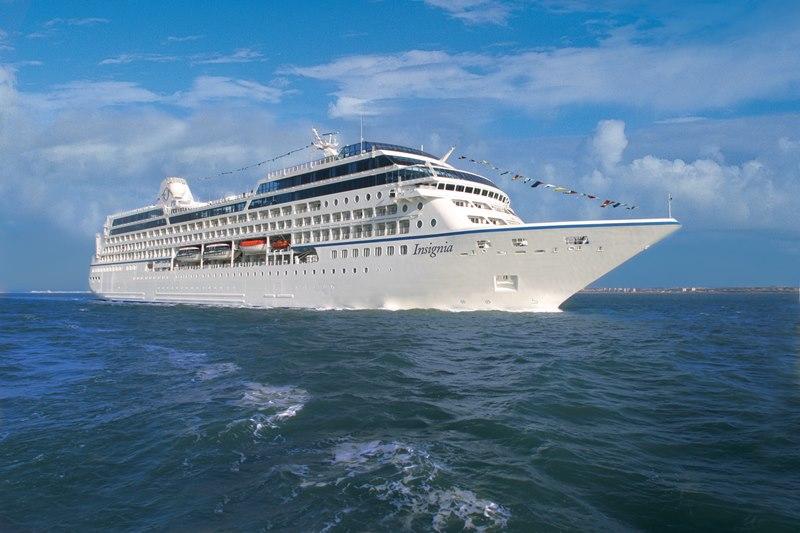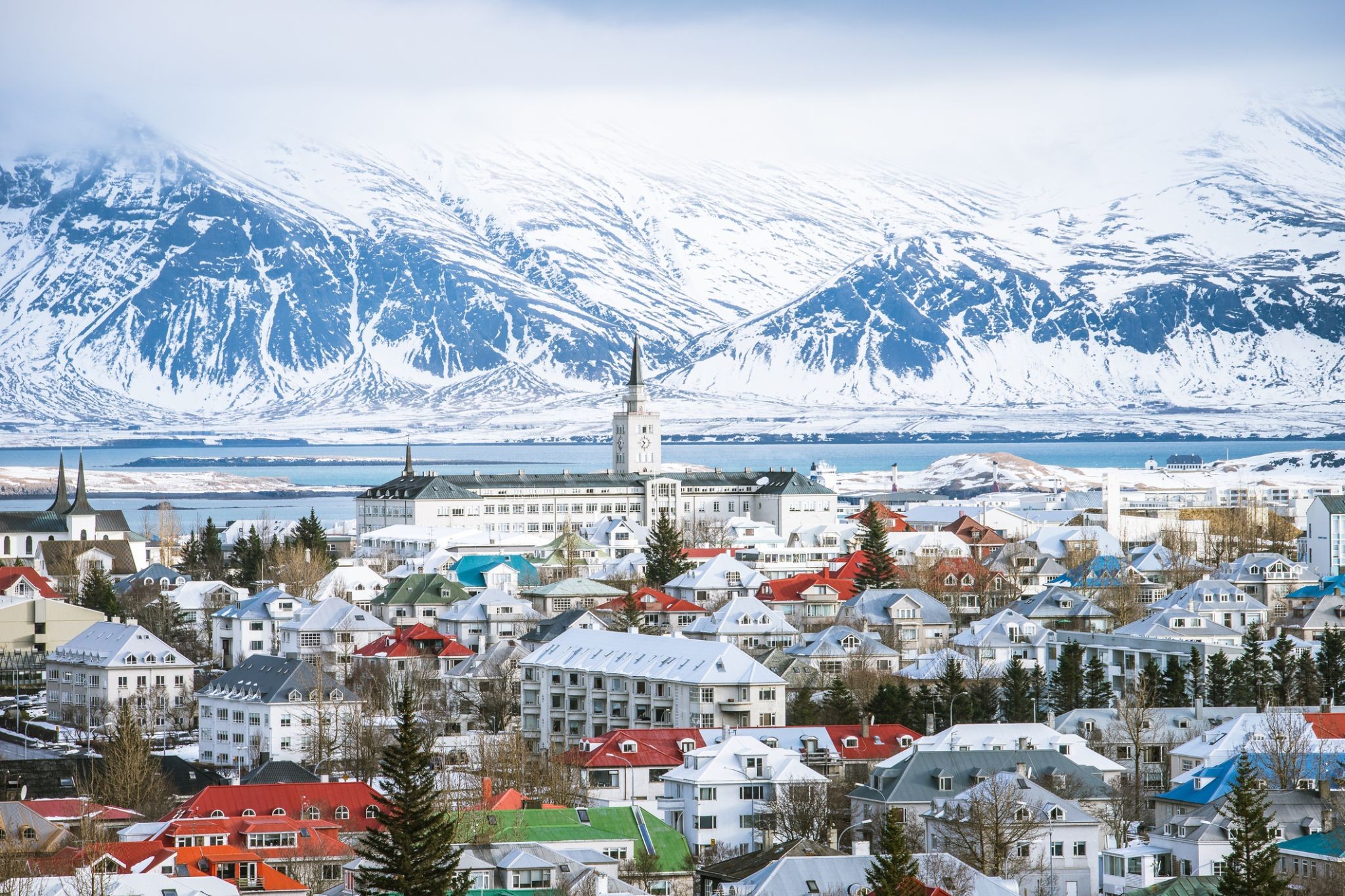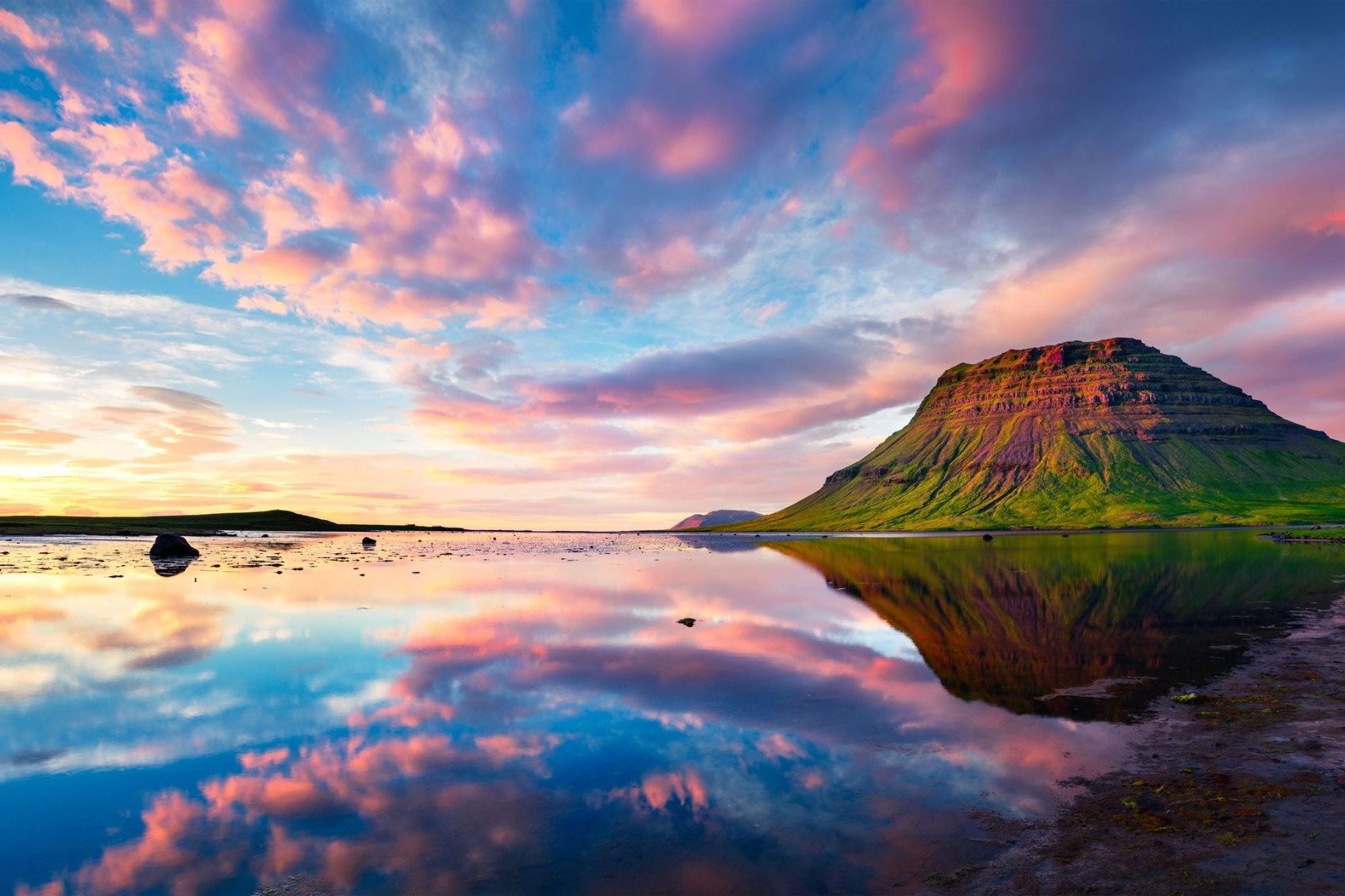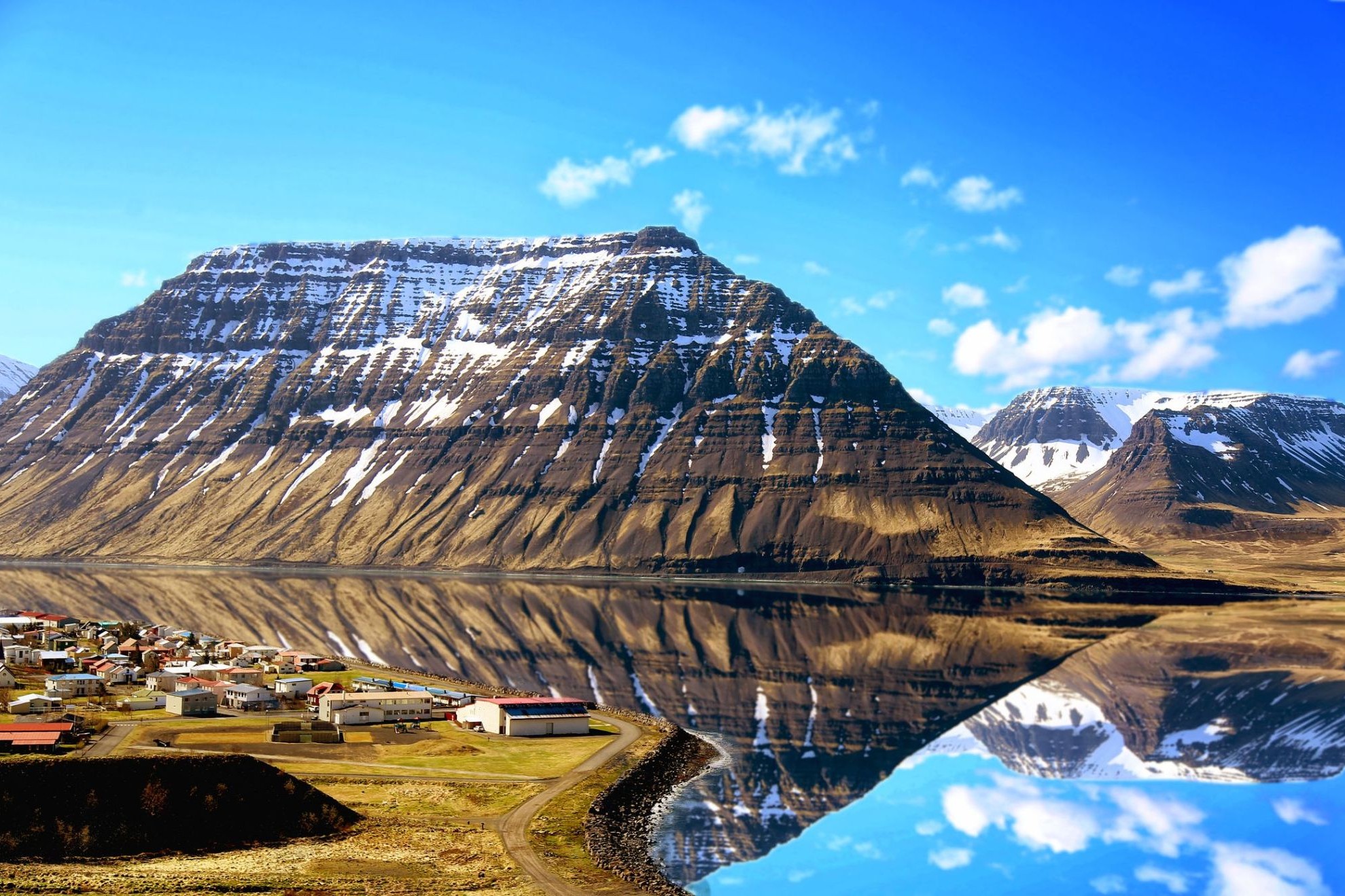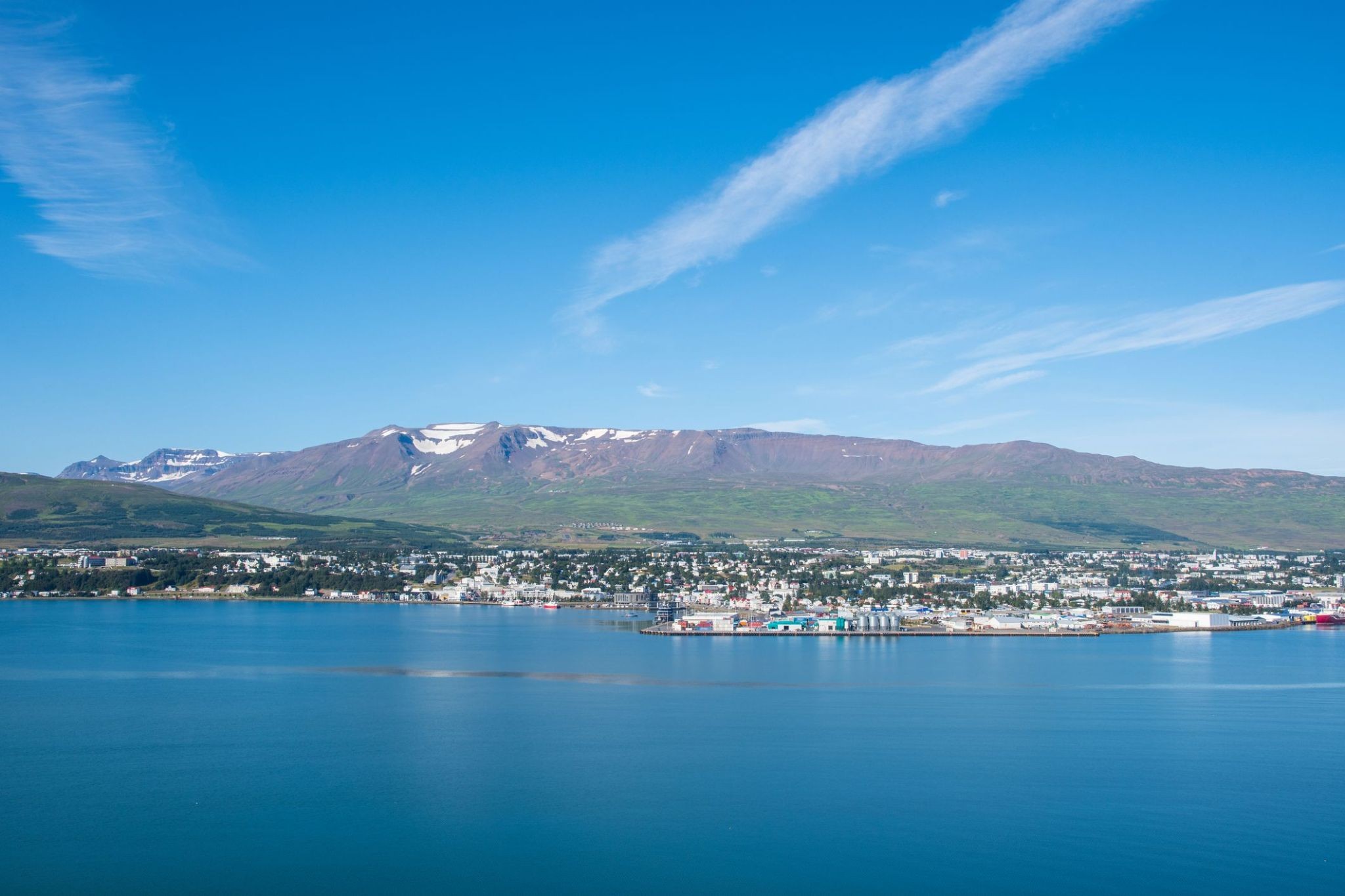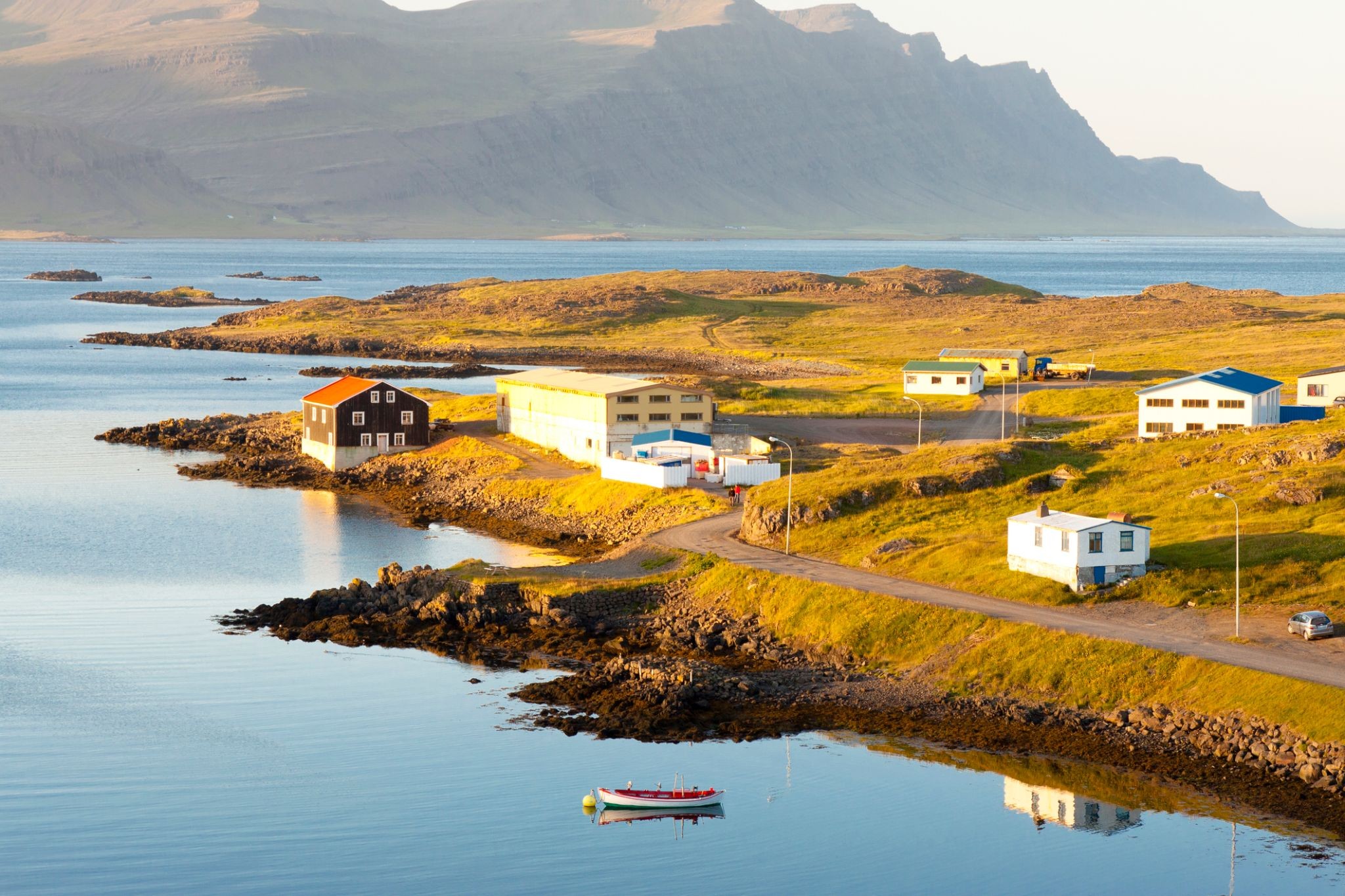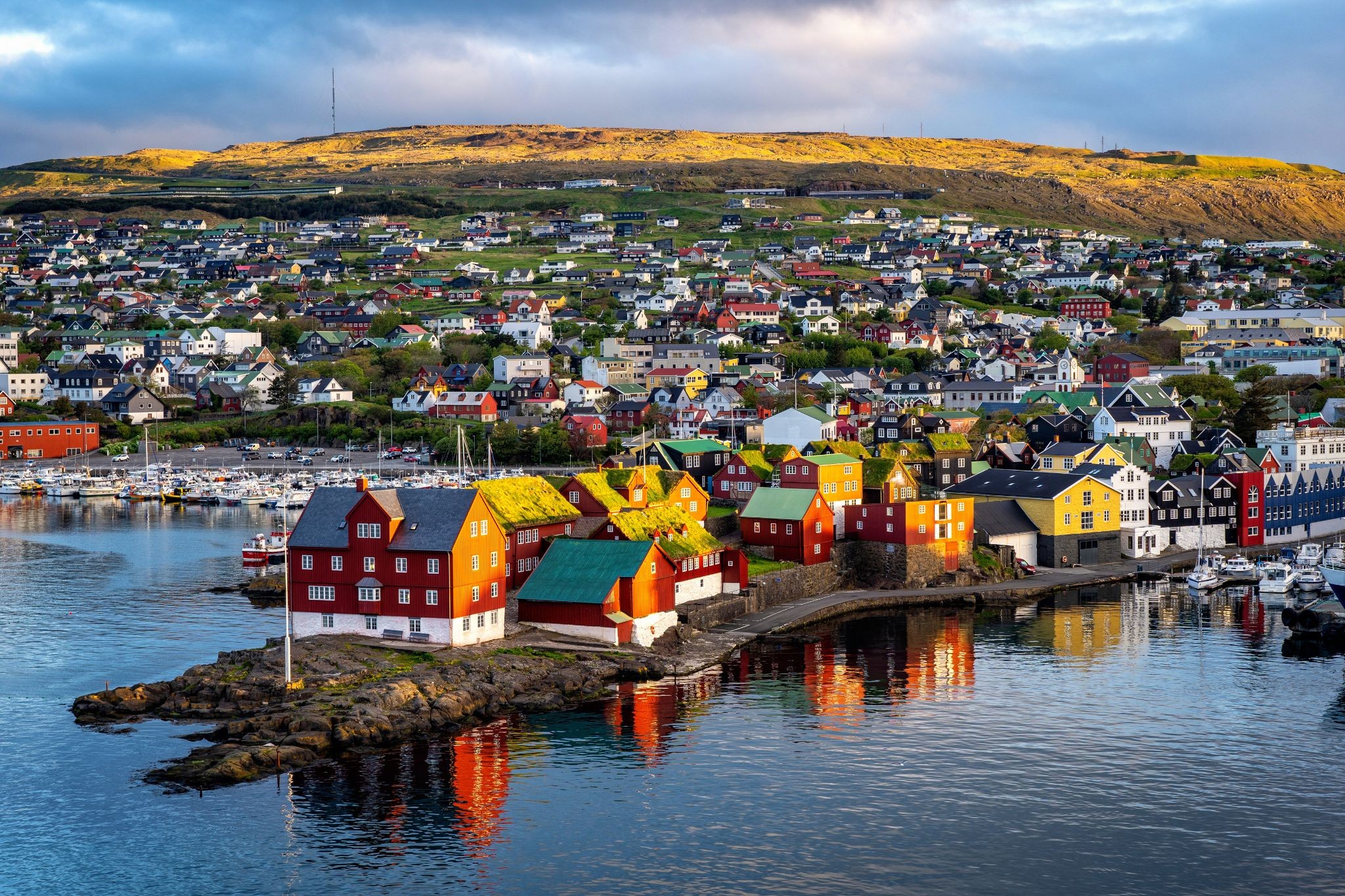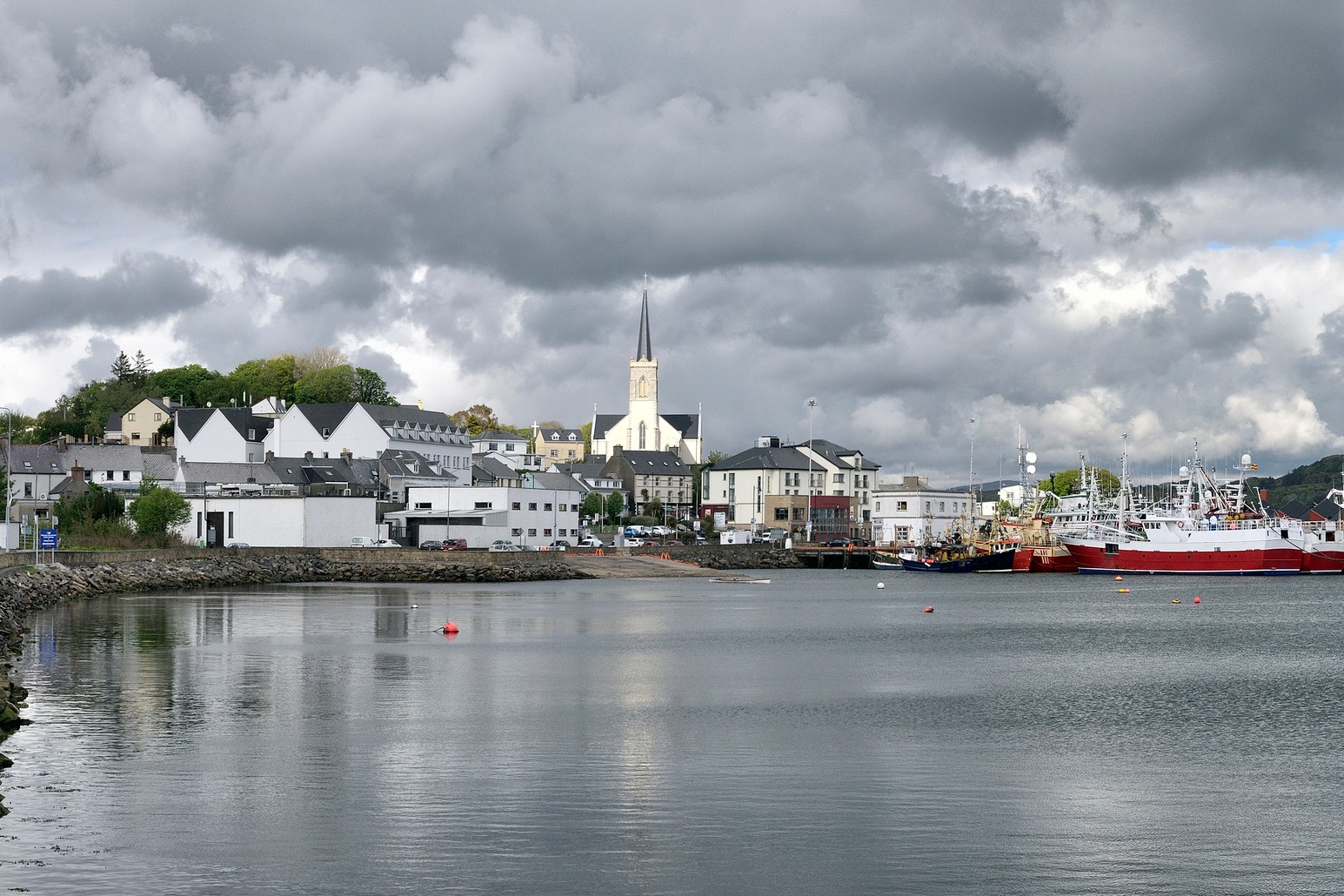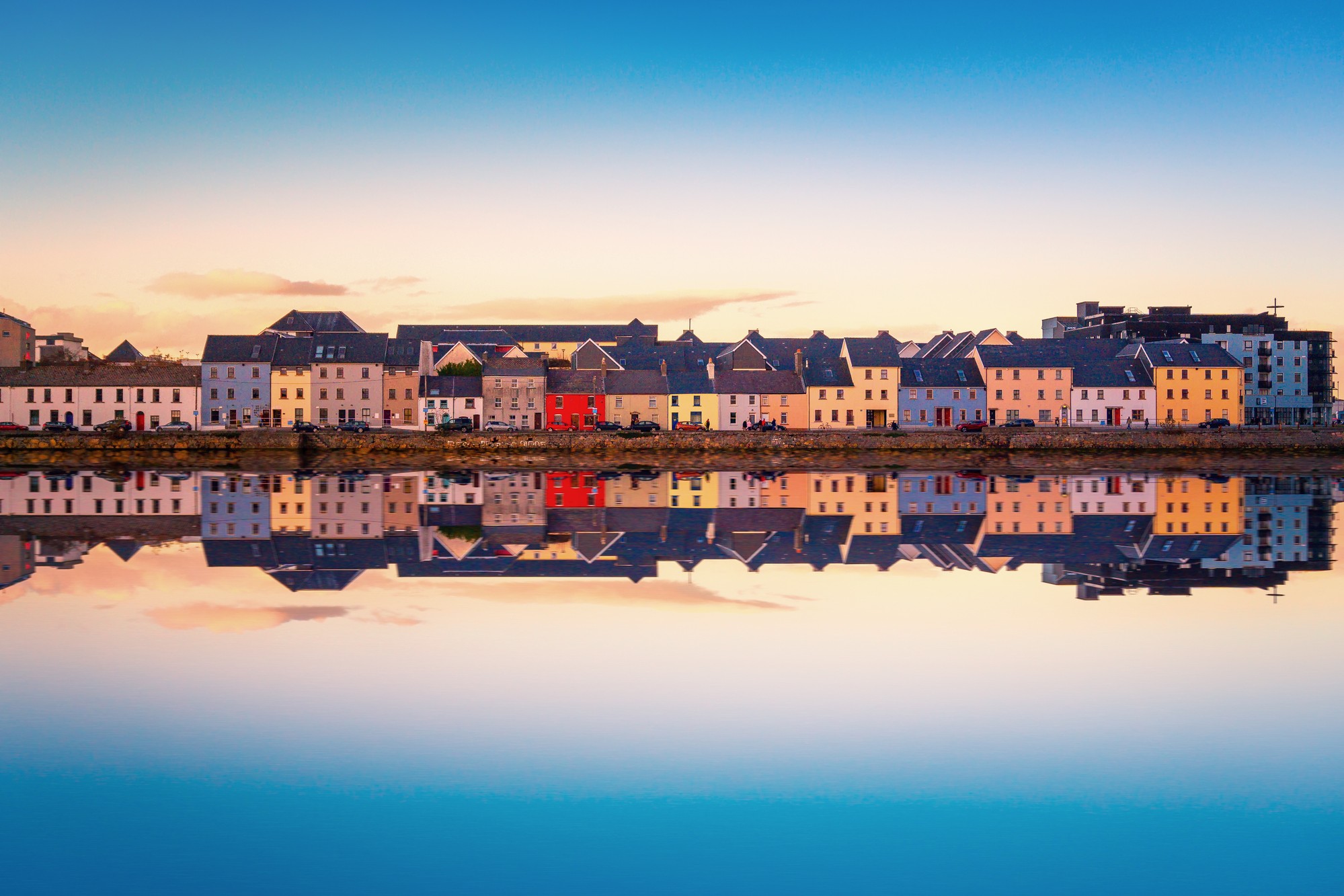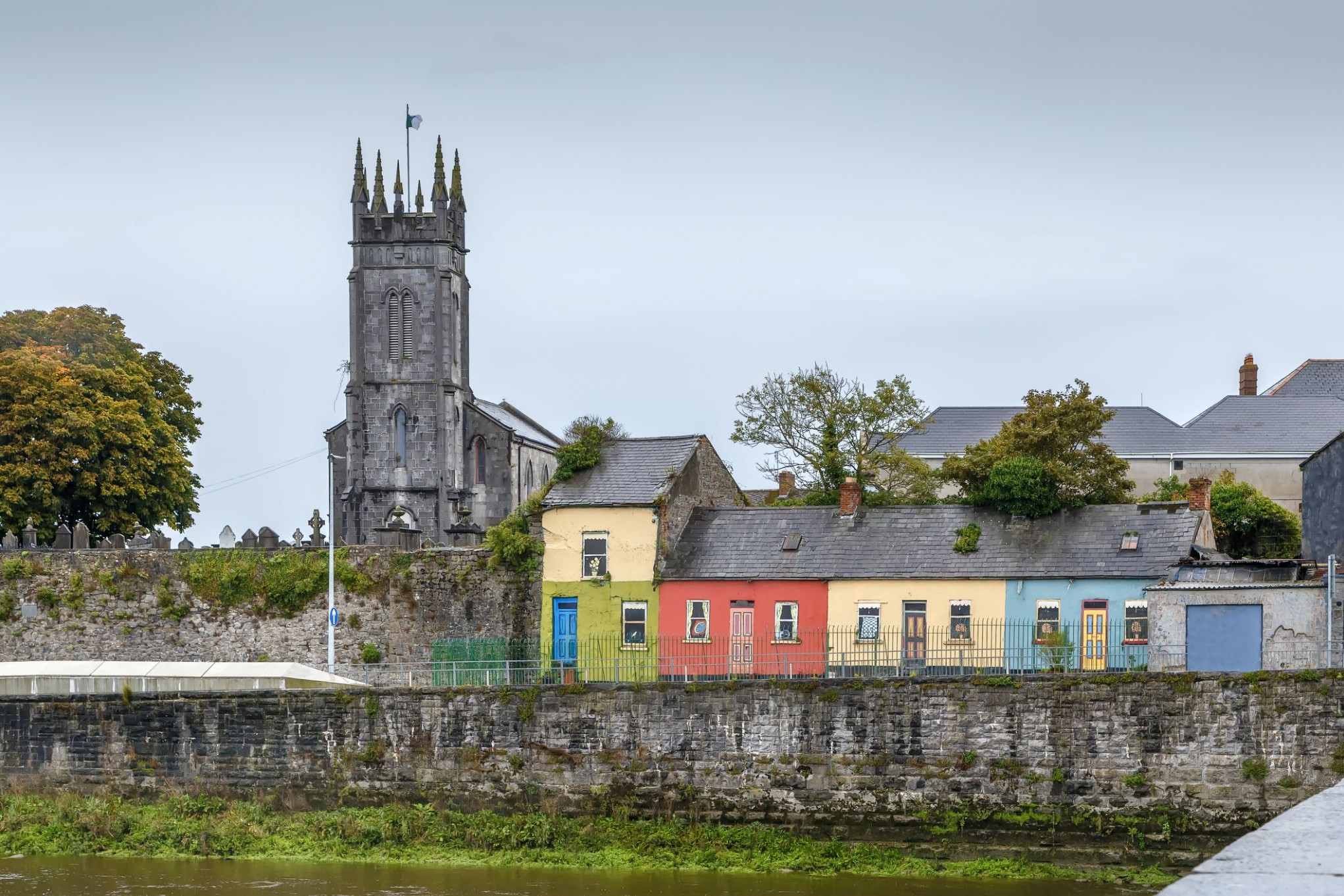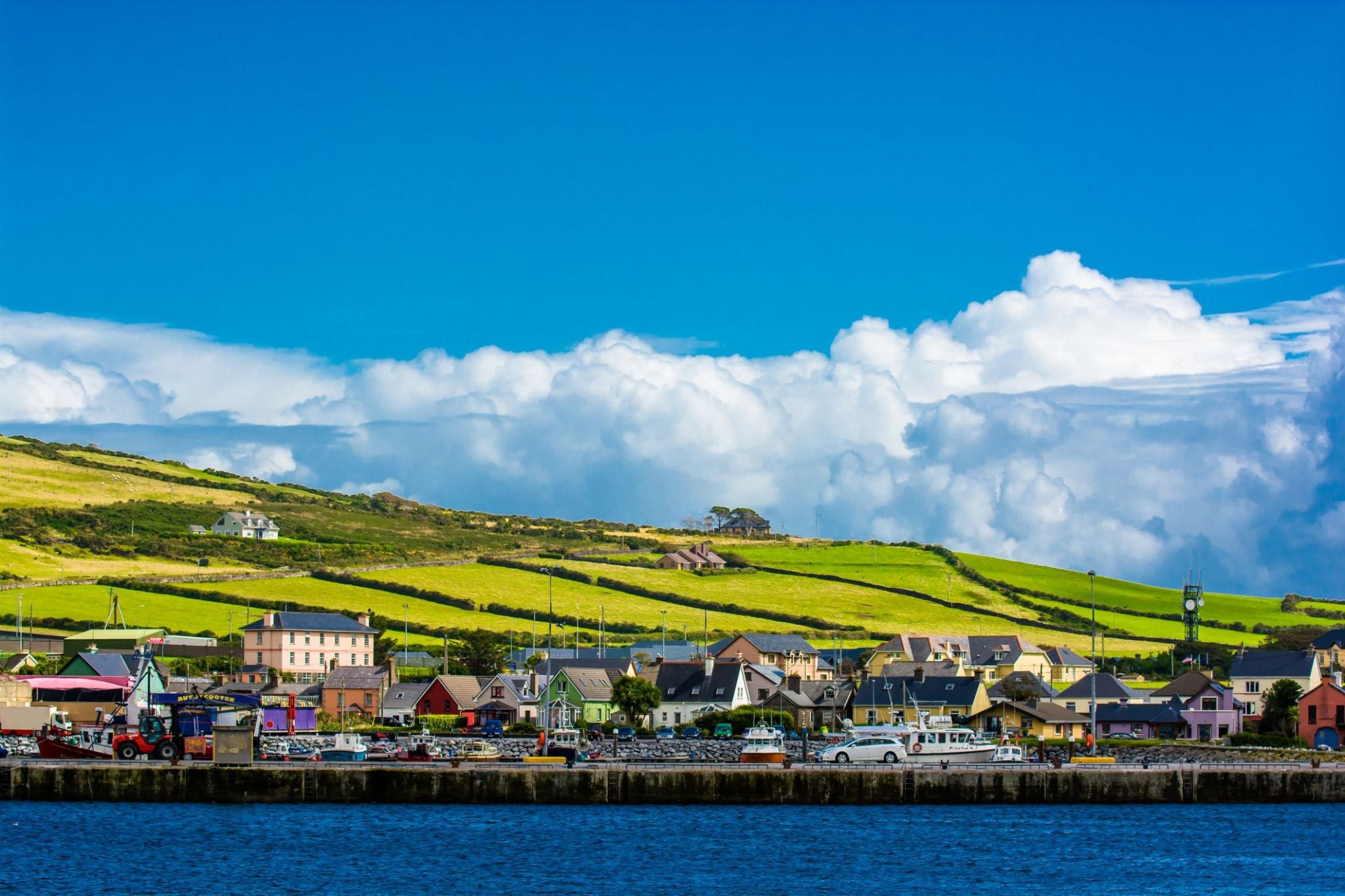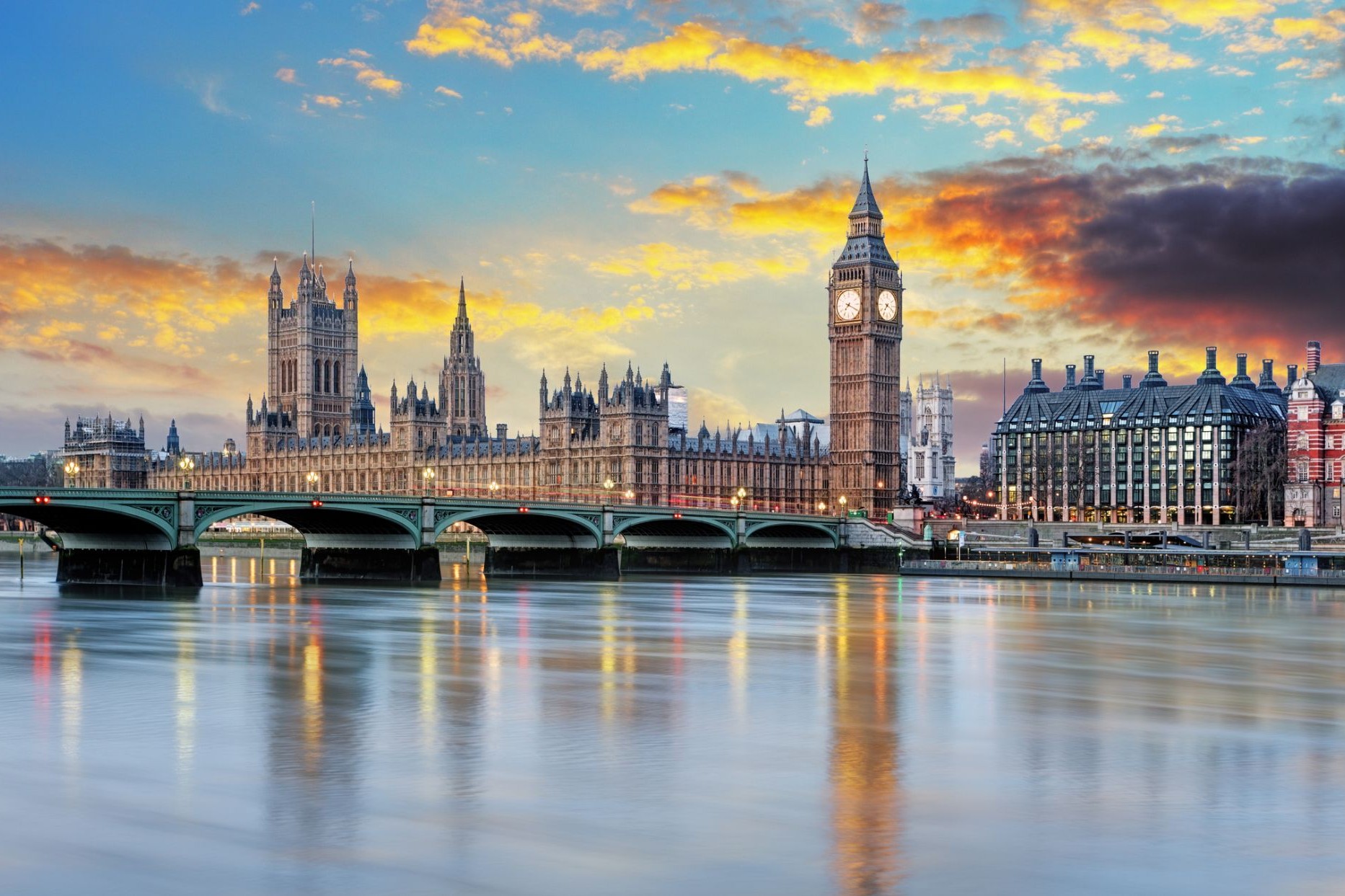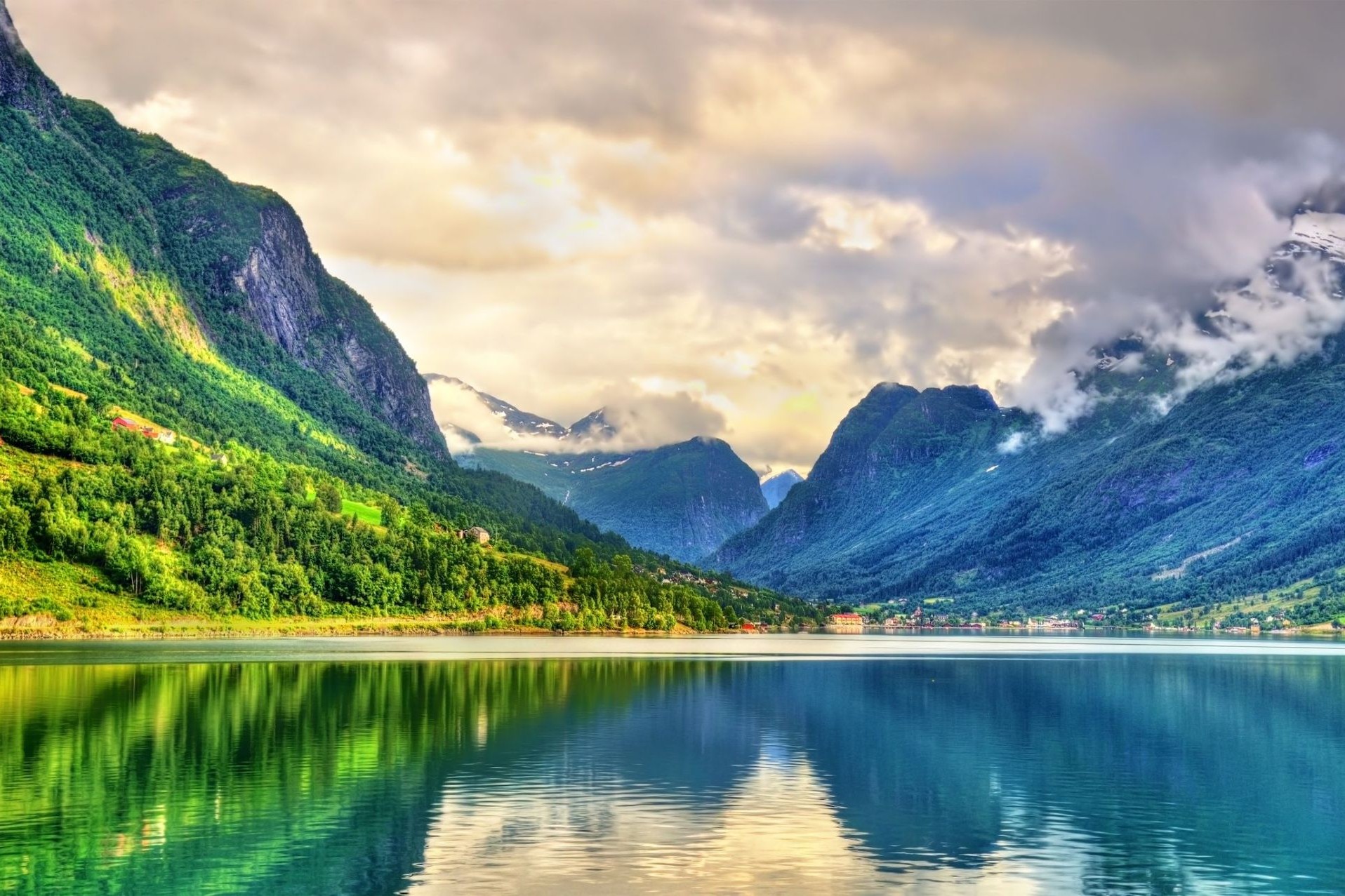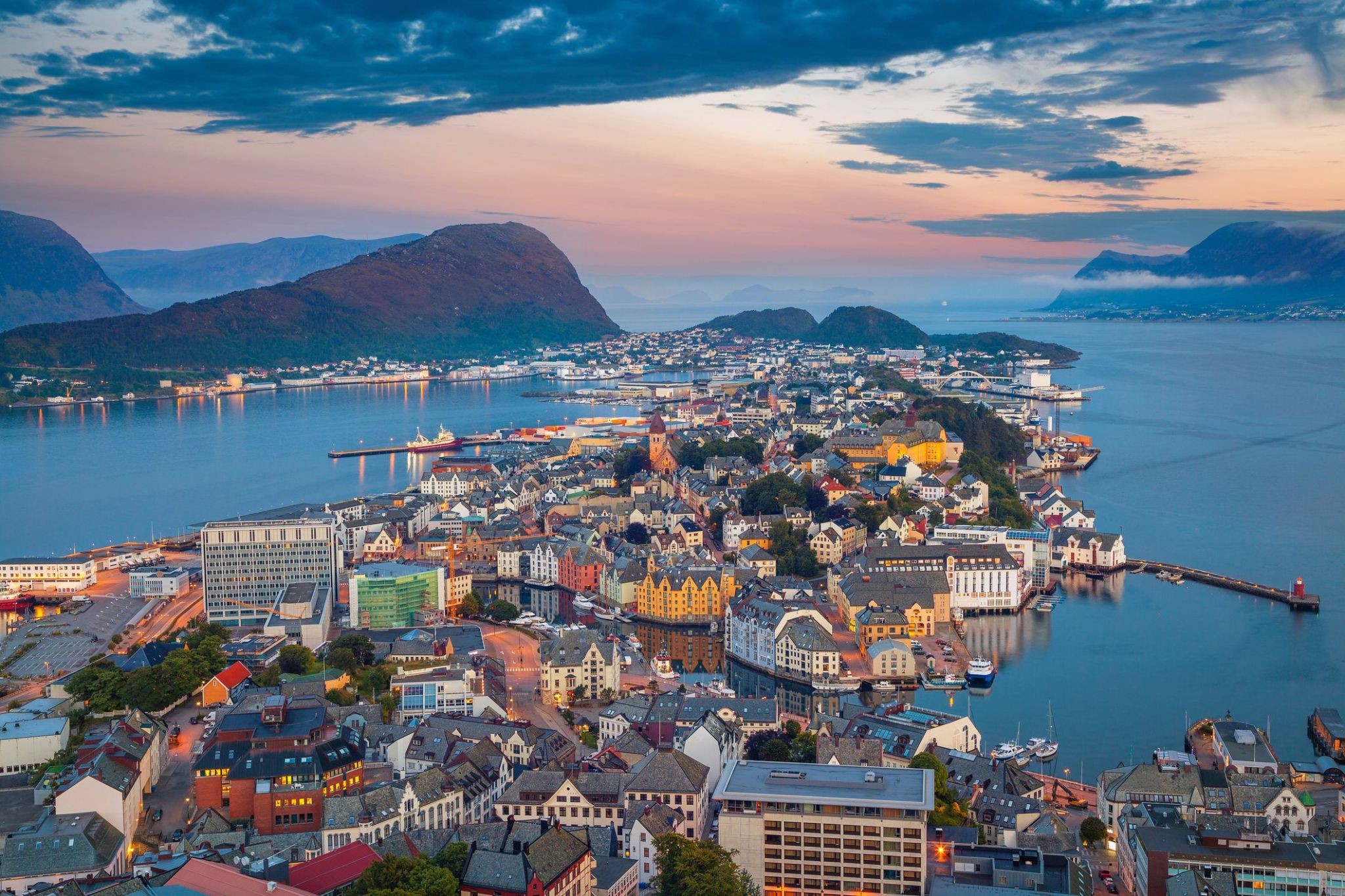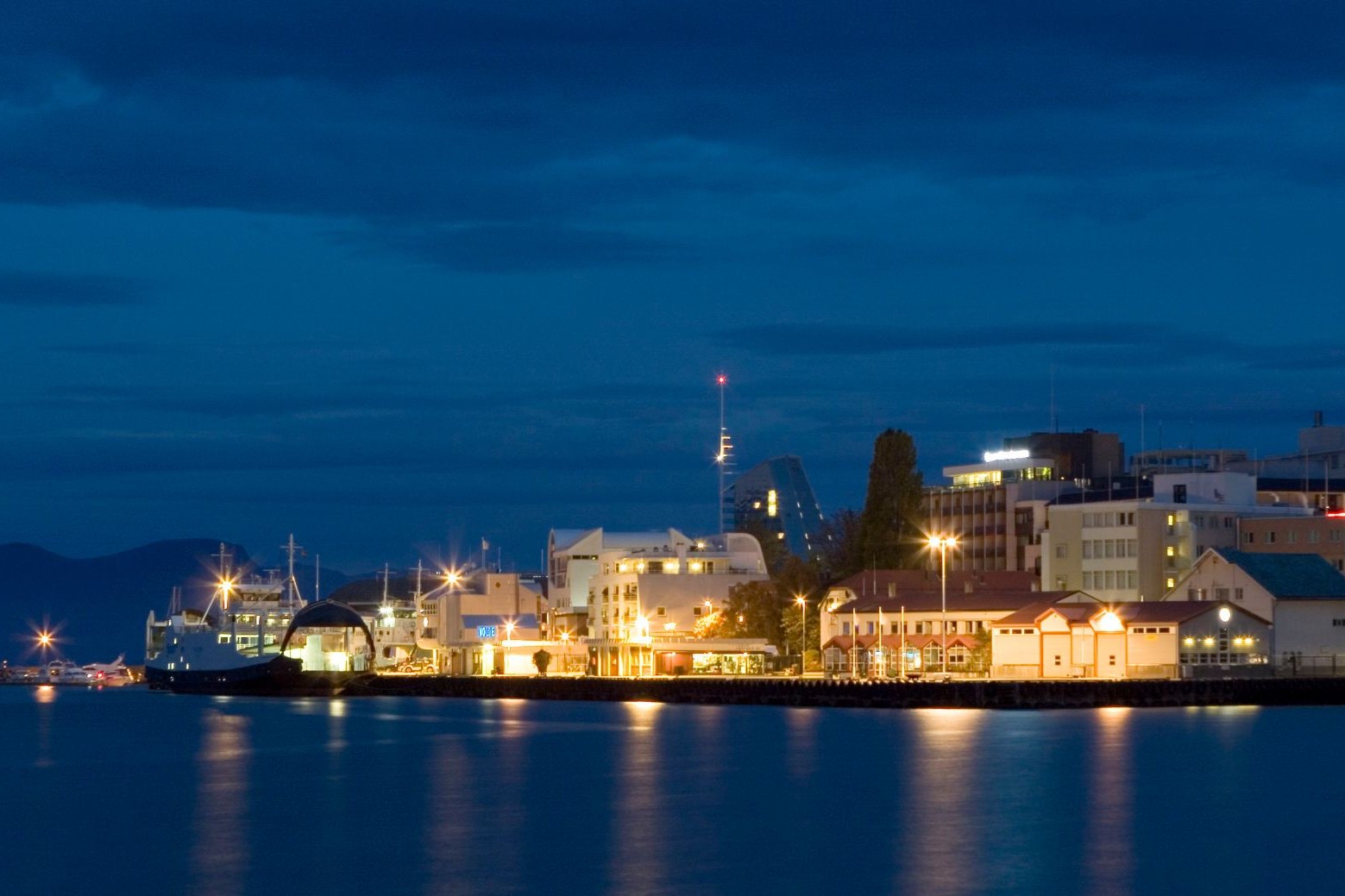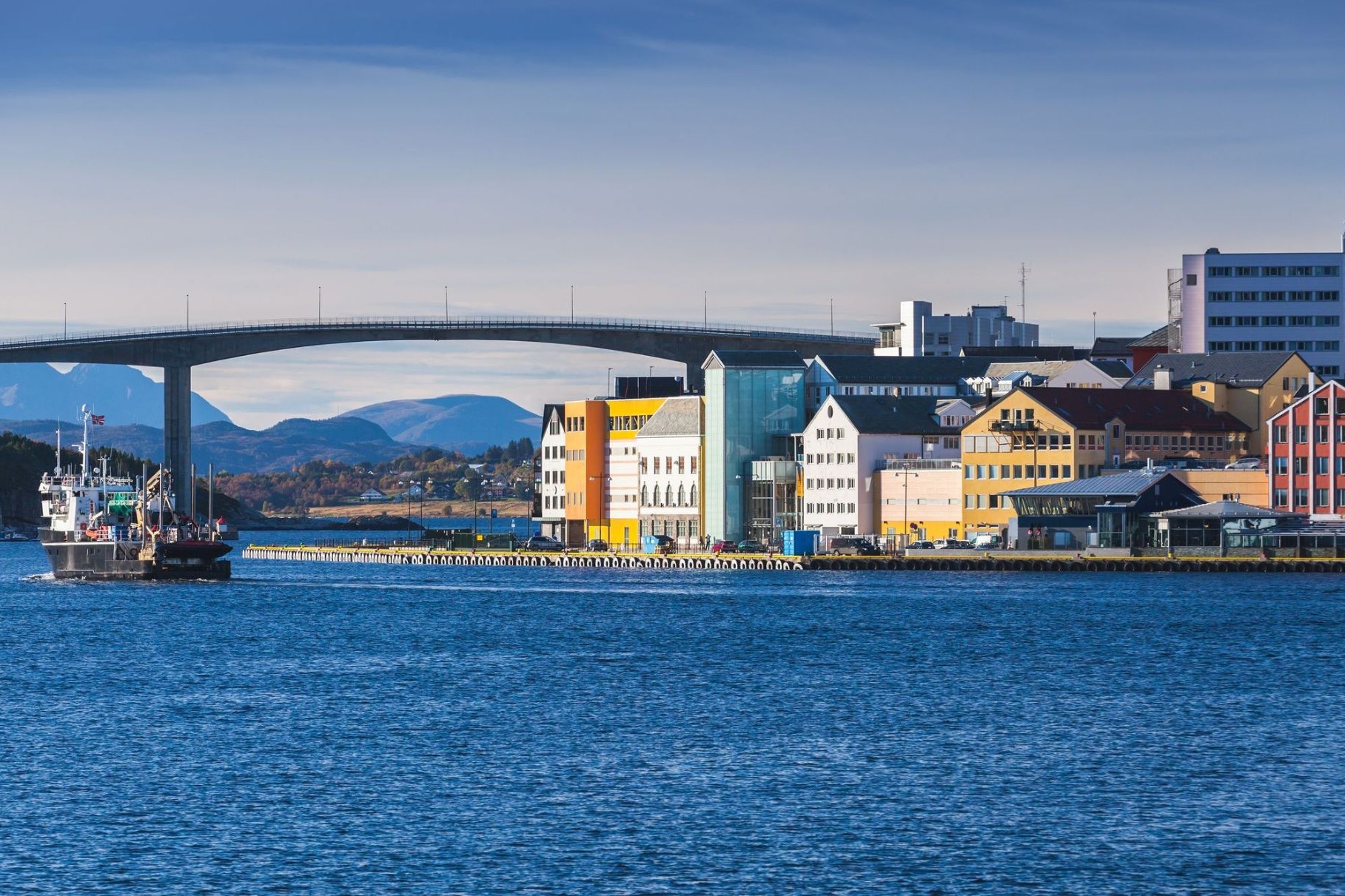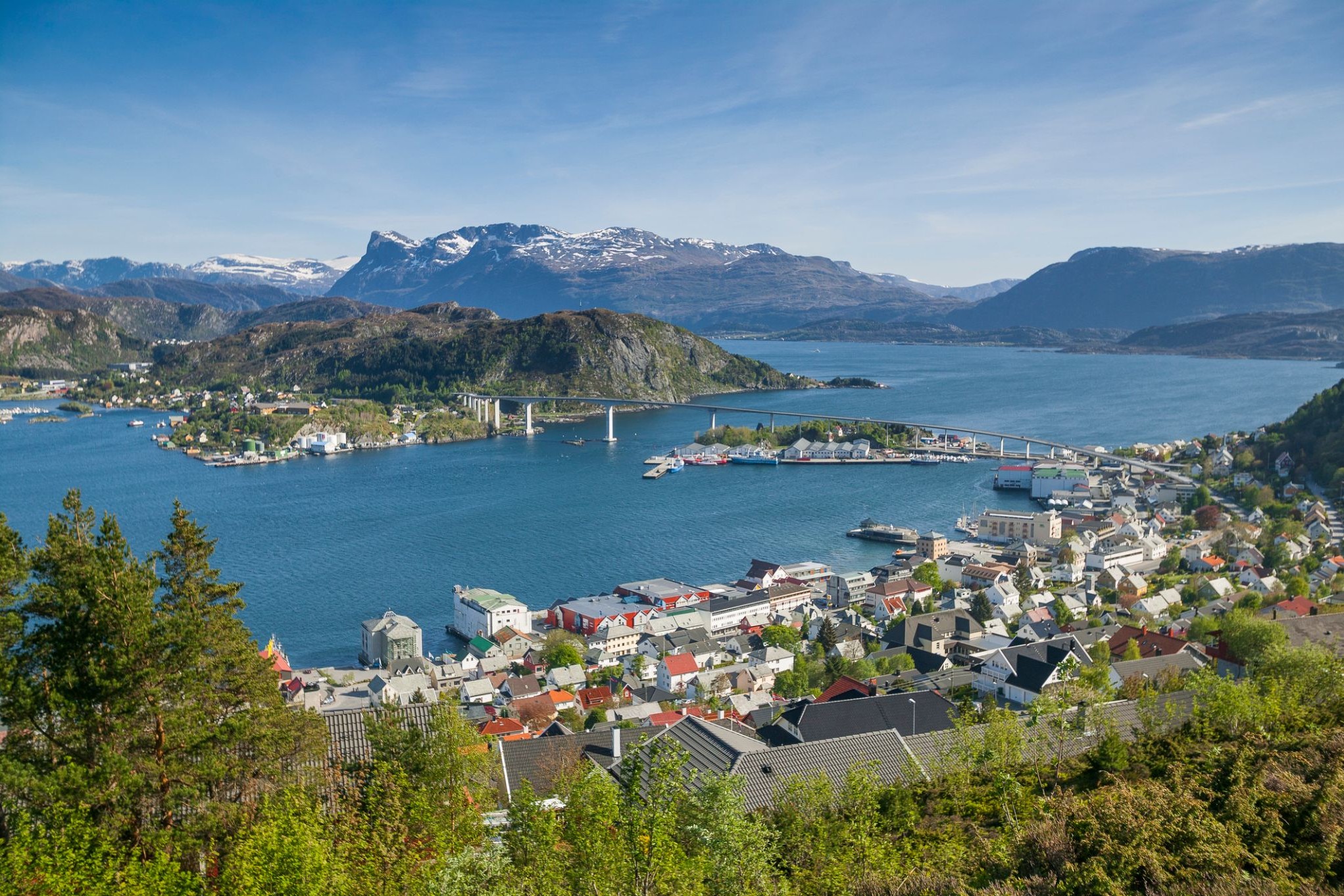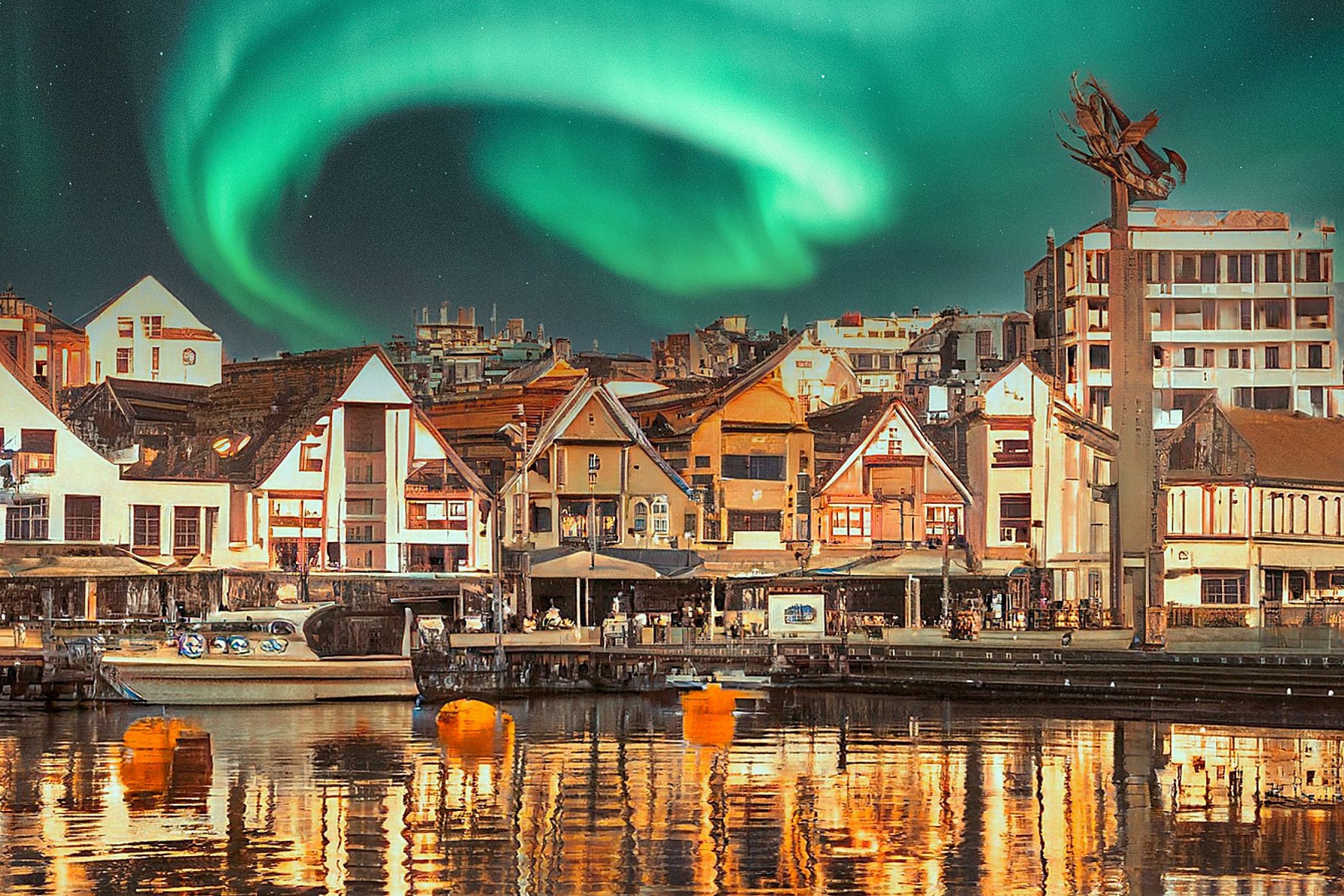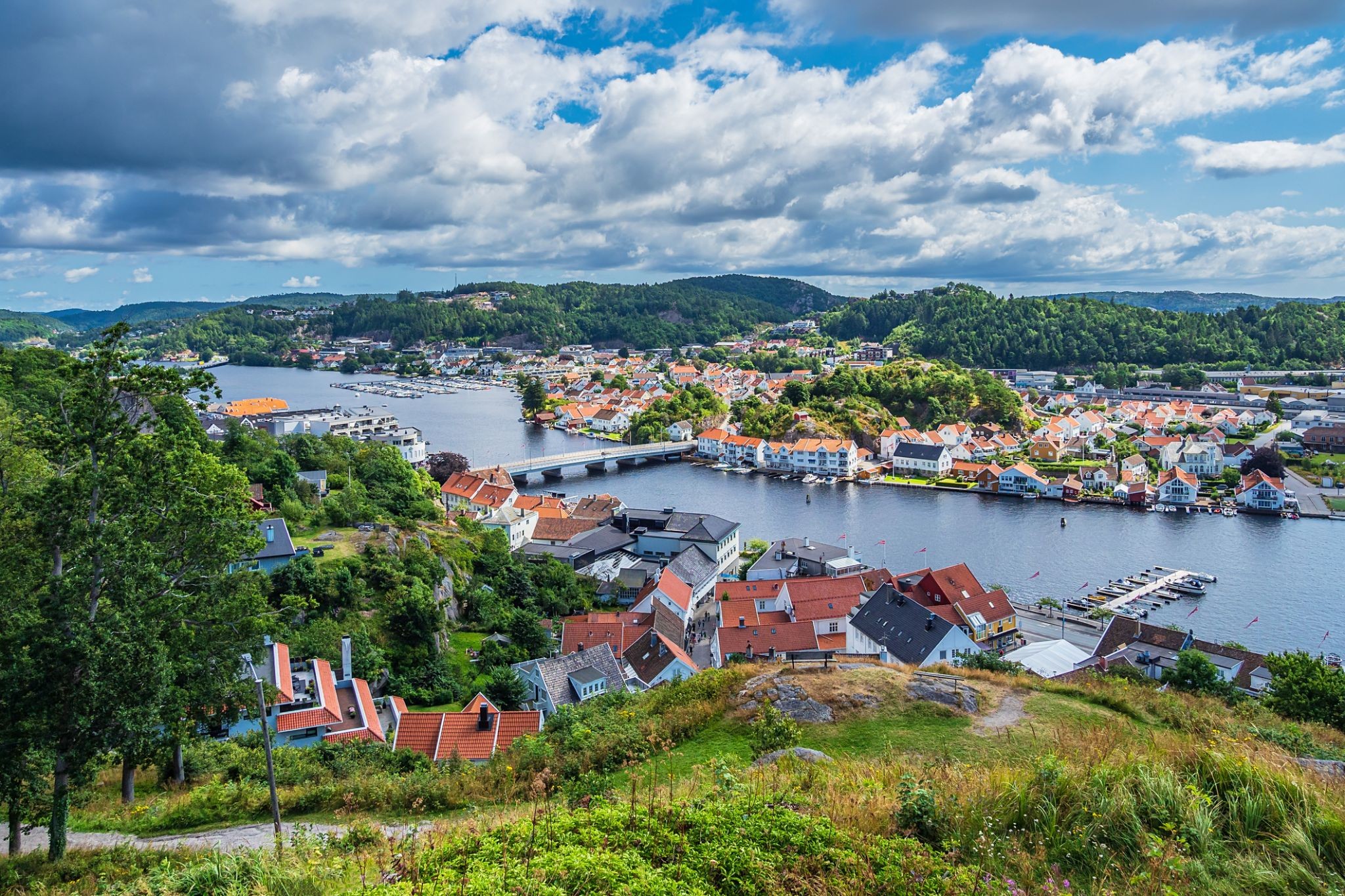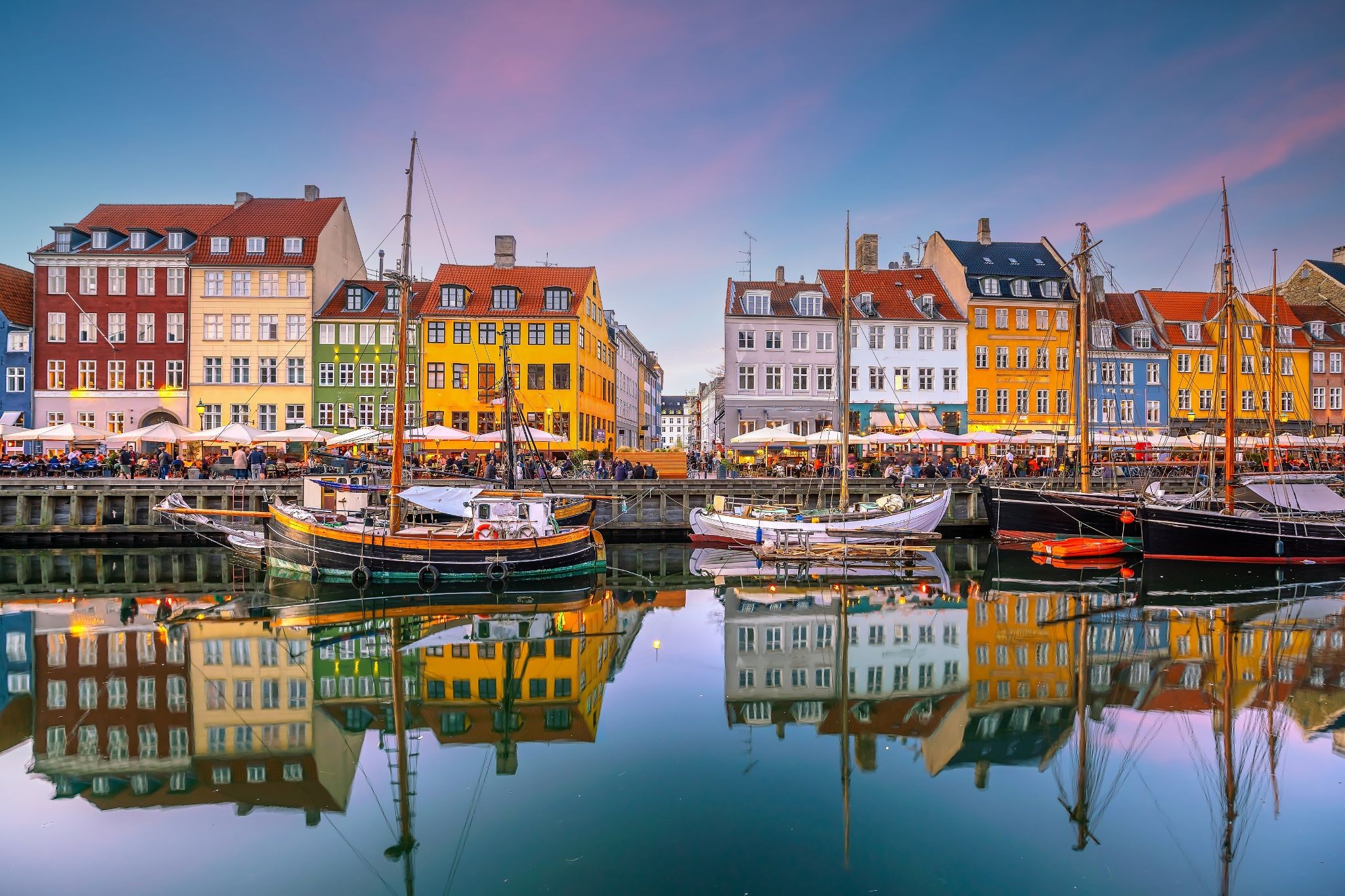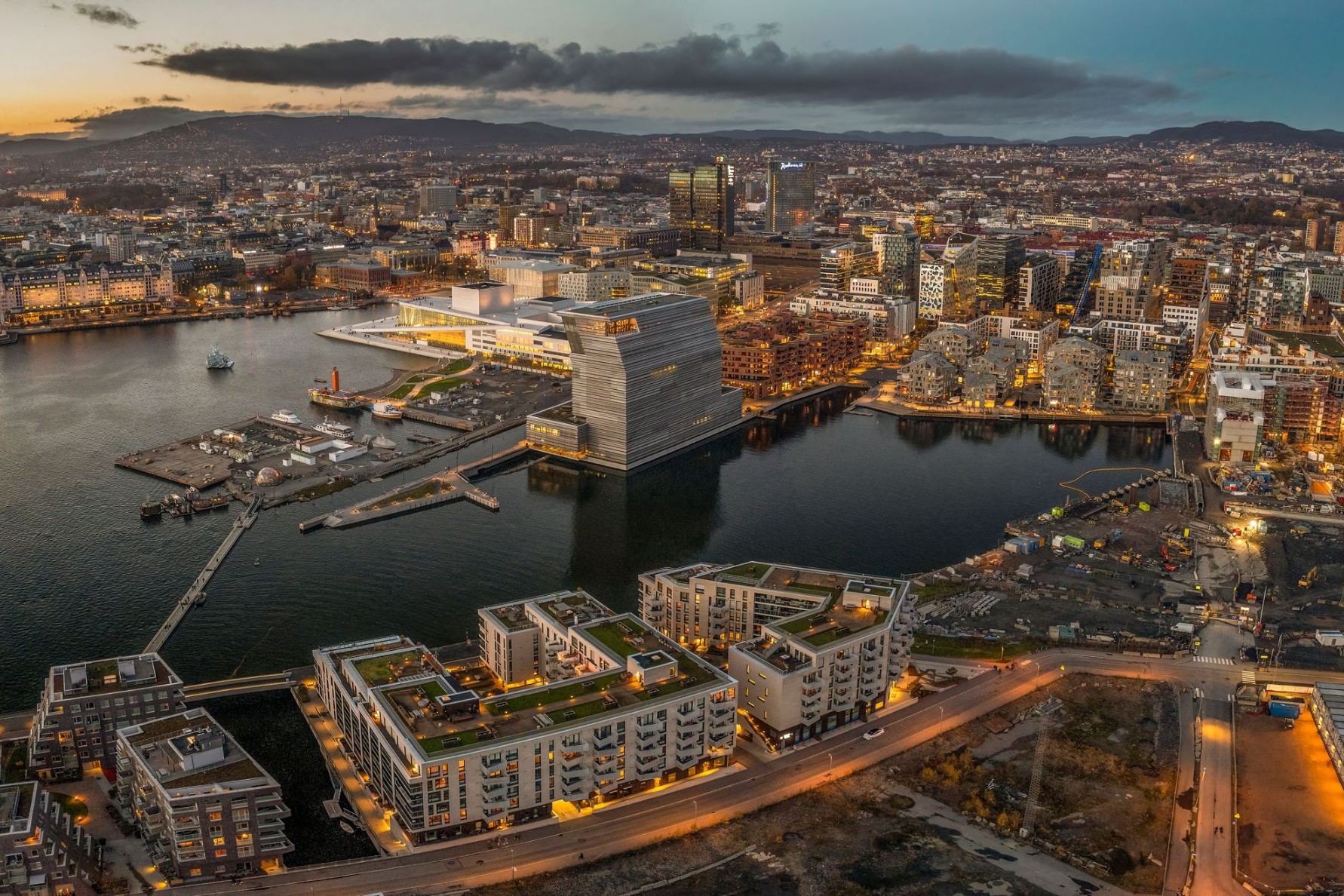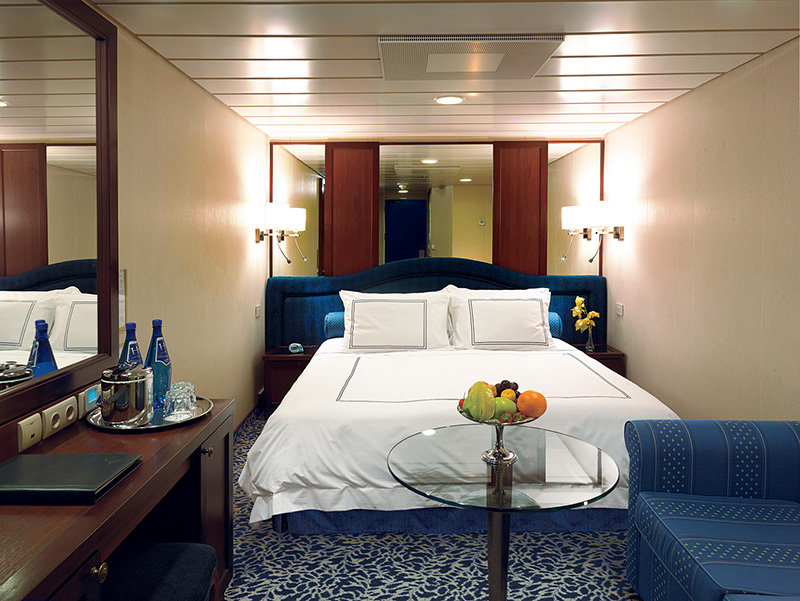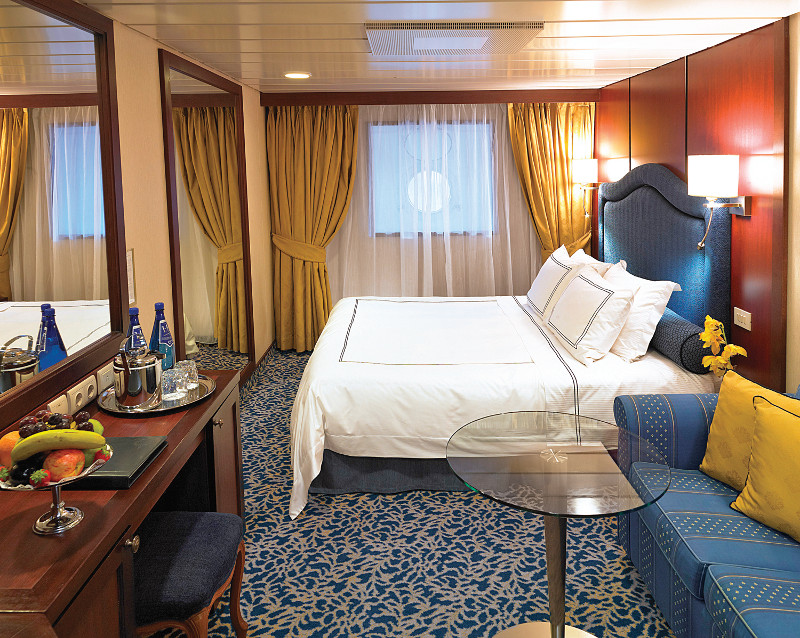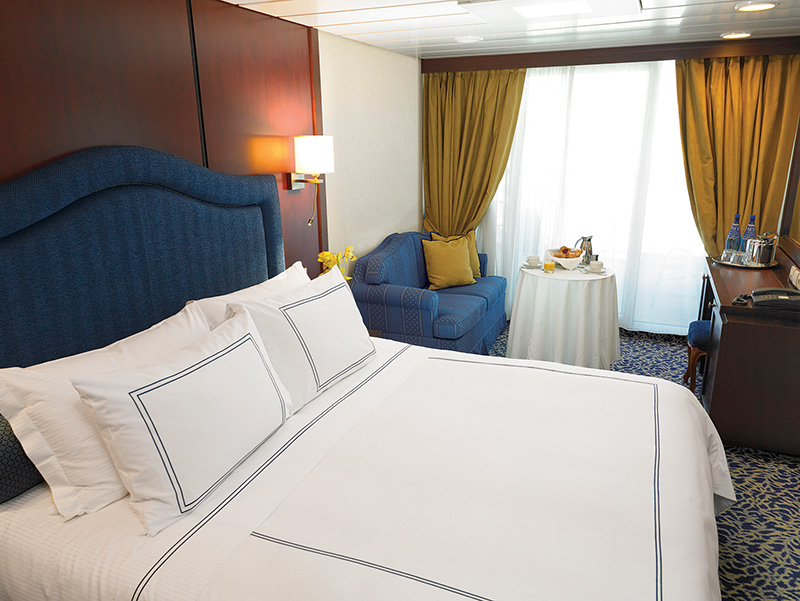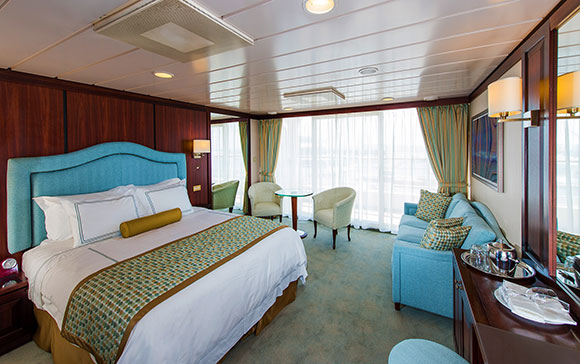
Rejs 30 941 159
Islandia i nordyckie wspaniałości
| Region rejsu : Północna Europa |
| Firma : Oceania Cruises |
| Statek : Insignia |
| Data rozpoczęcia : pt. 24 lip 2026 |
| Data zakończenia : sob. 29 sie 2026 |
| Liczba nocy : 36 nocy |
Harmonogram
| Dzień | Data | Port | Wypłynięcie | Odpłynięcie |
|---|---|---|---|---|
| 1 | 24.07 pt. | Reykjavik / Islandia | 07:00 | 21:00 |
| 2 | 25.07 sob. | Grundarfjordur / Islandia | 08:00 | 18:00 |
| 3 | 26.07 niedz. | Isafjordur / Islandia | 07:00 | 17:00 |
| 4 | 27.07 pon. | Akureyri / Islandia | 07:00 | 16:00 |
| 5 | 28.07 wt. | Eskifjordur / Islandia | 10:00 | 19:00 |
| 6 | 29.07 śr. | Djupivogur / Islandia | 07:00 | 16:00 |
| 7 | 30.07 czw. | Torshavn / Faroe Islands | 11:30 | |
| 8 | 31.07 pt. | Torshavn / Faroe Islands | 18:00 | |
| 9 | 1.08 sob. | Dzień na morzu / Morze | ||
| 10 | 2.08 niedz. | Grundarfjordur / Islandia | 08:00 | 19:00 |
| 11 | 3.08 pon. | Reykjavik / Islandia | 07:00 | |
| 12 | 4.08 wt. | Reykjavik / Islandia | 10:00 | |
| 13 | 5.08 śr. | Dzień na morzu / Morze | ||
| 14 | 6.08 czw. | Kirkwall / Wielka Brytania | 11:00 | 19:00 |
| 15 | 7.08 pt. | Allapul Ullapul / Scotland | 07:00 | 16:00 |
| 16 | 8.08 sob. | Killibegs / Irlandia | 10:00 | 18:00 |
| 17 | 9.08 niedz. | Galway / Irlandia | 08:00 | 19:00 |
| 18 | 10.08 pon. | Foynes, Limerick / Irlandia | 07:00 | 19:00 |
| 19 | 11.08 wt. | Dingle / Irlandia | 07:00 | 19:00 |
| 20 | 12.08 śr. | Glengarriff / Irlandia | 07:00 | 19:00 |
| 21 | 13.08 czw. | Cork / Irlandia | 07:00 | 19:00 |
| 22 | 14.08 pt. | Dzień na morzu / Morze | ||
| 23 | 15.08 sob. | Londyn / Wielka Brytania | 07:00 | 17:00 |
| 24 | 16.08 niedz. | Dzień na morzu / Morze | ||
| 25 | 17.08 pon. | Dzień na morzu / Morze | ||
| 26 | 18.08 wt. | Rosendal / Norway | 07:00 | 17:00 |
| 27 | 19.08 śr. | Nordfjorden / Norway | 11:00 | 19:00 |
| 28 | 20.08 czw. | Olesunn / Norway | 07:00 | |
| 29 | 21.08 pt. | Olesunn / Norway | 17:00 | |
| 30 | 22.08 sob. | Molde / Norway | 07:00 | 17:00 |
| 31 | 23.08 niedz. | Kristiansand / Norway | 07:00 | 17:00 |
| 32 | 24.08 pon. | Måløy | 07:00 | 16:00 |
| 33 | 25.08 wt. | Stavanger / Norway | 11:00 | 18:00 |
| 34 | 26.08 śr. | Mandal | 07:00 | 16:00 |
| 35 | 27.08 czw. | Kopenhaga / Denmark | 10:00 | |
| 36 | 28.08 pt. | Kopenhaga / Denmark | 12:00 | |
| 37 | 29.08 sob. | Osło / Norway | 07:00 | 17:00 |
-
 Dzień 1: 07:00-21:00
Dzień 1: 07:00-21:00Reykjavik / Islandia
Reykjavík is the capital and largest city of Iceland. It is located in southwestern Iceland, on the southern shore of Faxa Bay. Its latitude is 64°08' N, making it the world's northernmost capital of a sovereign state. With a population of around 123,300 (and over 216,940 in the Capital Region), it is the heart of Iceland's cultural, economic and governmental activity, and is a popular tourist destination.
Reykjavík is believed to be the location of the first permanent settlement in Iceland, which, according to Ingólfr Arnarson, was established in AD 874. Until the 19th century, there was no urban development in the city location. The city was founded in 1786 as an official trading town and grew steadily over the following decades, as it transformed into a regional and later national centre of commerce, population, and governmental activities. It is among the cleanest, greenest, and safest cities in the world.
-
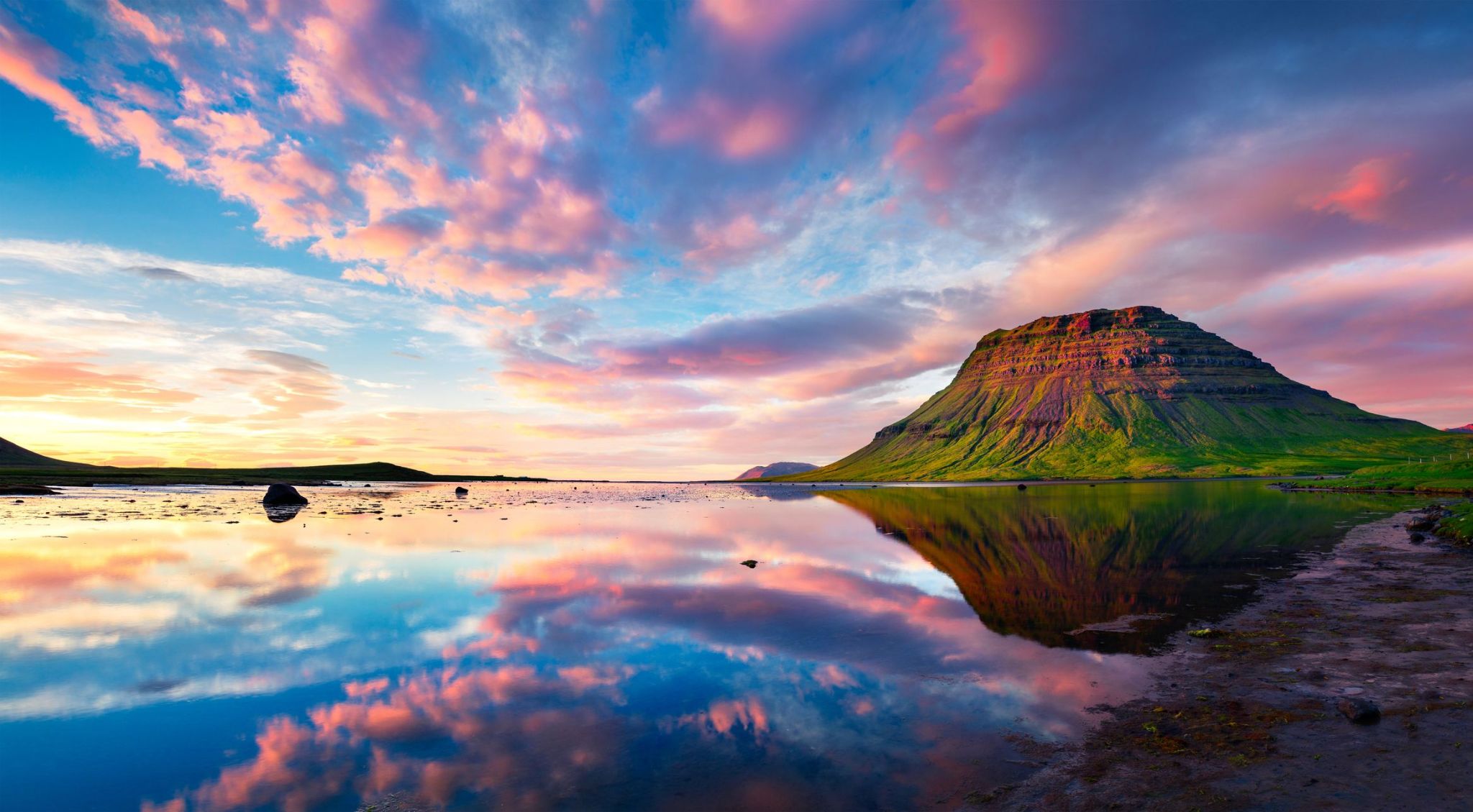 Dzień 2: 08:00-18:00
Dzień 2: 08:00-18:00Grundarfjordur / Islandia
Grundarfjordur to malownicze miasto położone na zachodnim wybrzeżu Islandii, u stóp majestatycznej góry Kirkjufell. To niewielkie osiedle przyciąga turystów zapierającymi dech w piersiach widokami na fiordy i górskie krajobrazy, a także unikalną przyrodą, w tym licznymi wodospadami i geotermalnymi źródłami. Jedną z głównych atrakcji w regionie jest góra Kirkjufell, która stała się słynna dzięki swojemu charakterystycznemu sylwetce i popularności wśród fotografów. Grundarfjordur jest doskonałym punktem wyjścia do odkrywania pobliskich miejsc przyrodniczych, takich jak Park Narodowy Skaftafell i lodowiec Skaftatall.
Dla miłośników aktywnego wypoczynku Grundarfjordur oferuje wspaniałe możliwości wędkarstwa, pieszych wędrówek i obserwacji ptaków. W mieście znajdują się także przytulne kawiarnie i restauracje serwujące świeże owoce morza oraz tradycyjne islandzkie dania. Dodatkowo Grundarfjordur znajduje się blisko głównych tras turystycznych Islandii, co czyni go dogodnym miejscem na postój w drodze do słynnych cudów natury kraju.
-
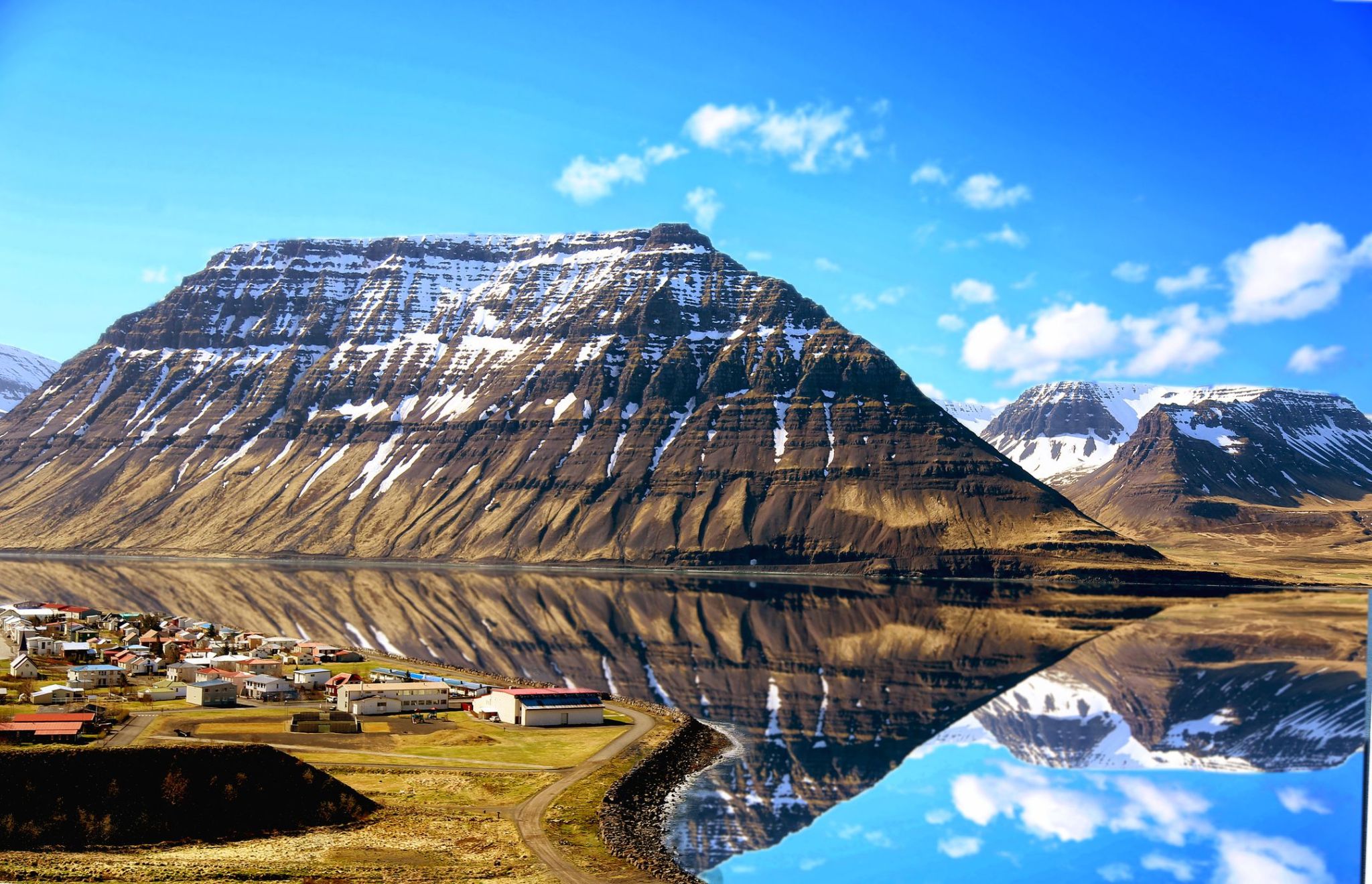 Dzień 3: 07:00-17:00
Dzień 3: 07:00-17:00Isafjordur / Islandia
Isafjörður, meaning ice fjord or fjord of ice, ice in plural genitive) is a town in the northwest of Iceland.
The oldest part of Ísafjörður with the town centre is located on a spit of sand, or eyri, in Skutulsfjörður, a fjord which meets the waters of the larger fjord Ísafjarðardjúp. With a population of about 2,600, Ísafjörður is the largest settlement in the peninsula of Vestfirðir (Westfjords) and the administration centre of the Ísafjarðarbær municipality, which includes – besides Ísafjörður – the nearby villages of Hnífsdalur, Flateyri, Suðureyri, and Þingeyri.
-
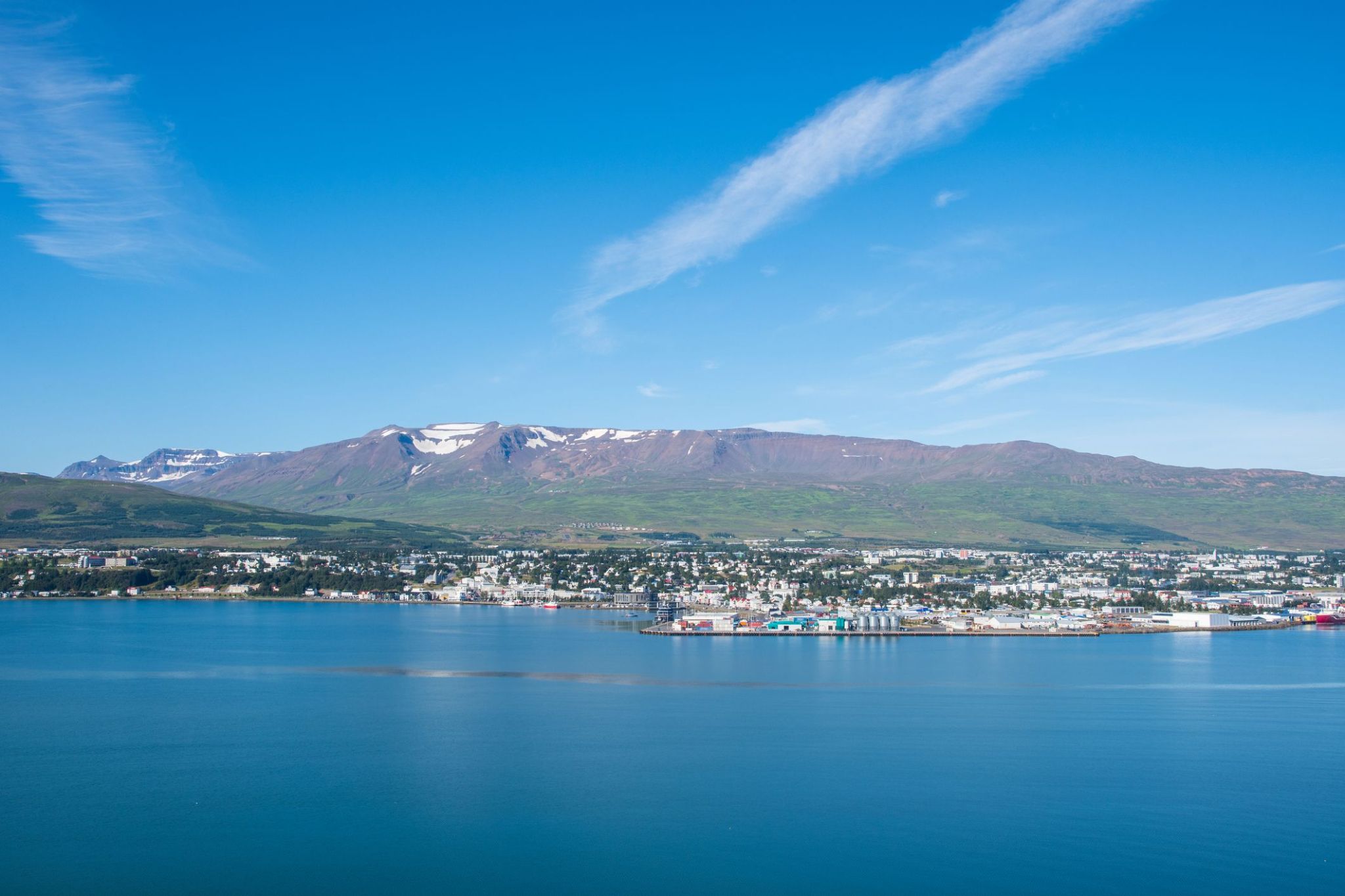 Dzień 4: 07:00-16:00
Dzień 4: 07:00-16:00Akureyri / Islandia
Akureyri is a town in northern Iceland. It is Iceland's Fifth largest municipality.
Nicknamed the Capital of North Iceland, Akureyri is an important port and fishing centre. The area where Akureyri is located was settled in the 9th century but did not receive a municipal charter until 1786. The town was the site of Alliedunits during World War II. Further growth occurred after the war as the Icelandic population increasingly moved to urban areas.
The area has a relatively mild climate because of geographical factors, and the town's ice-free harbour has played a significant role in its history.
-
 Dzień 5: 10:00-19:00
Dzień 5: 10:00-19:00Eskifjordur / Islandia
Eskifjordur to mały, ale malowniczy fiord położony we wschodniej Islandii, który przyciąga turystów swoją naturalną urodą i spokojną atmosferą. Otoczony wysokimi górami, Eskifjordur to idealne miejsce dla tych, którzy szukają ciszy i spokoju z dala od zatłoczonych szlaków turystycznych. Odwiedzający mogą cieszyć się świeżym powietrzem i zapierającymi dech w piersiach widokami na fiord, który łączy się z Oceanem Atlantyckim. Tradycyjne islandzkie domy z dachami pokrytymi torfem dodają temu spokojnemu miastu uroku.
Miasto słynie również ze swojego dziedzictwa kulturowego i historii. W pobliskich wioskach można zapoznać się z tradycyjnym stylem życia miejscowych mieszkańców, a kilka interesujących muzeów, w tym muzeum rybołówstwa, opowiada historię przemysłu rybnego w regionie. Eskifjordur jest również doskonałą bazą do zwiedzania wschodniej Islandii, oferując możliwość pieszych wędrówek, wędkowania i obserwacji dzikiej przyrody, w tym lokalnych ptaków i ssaków morskich.
-
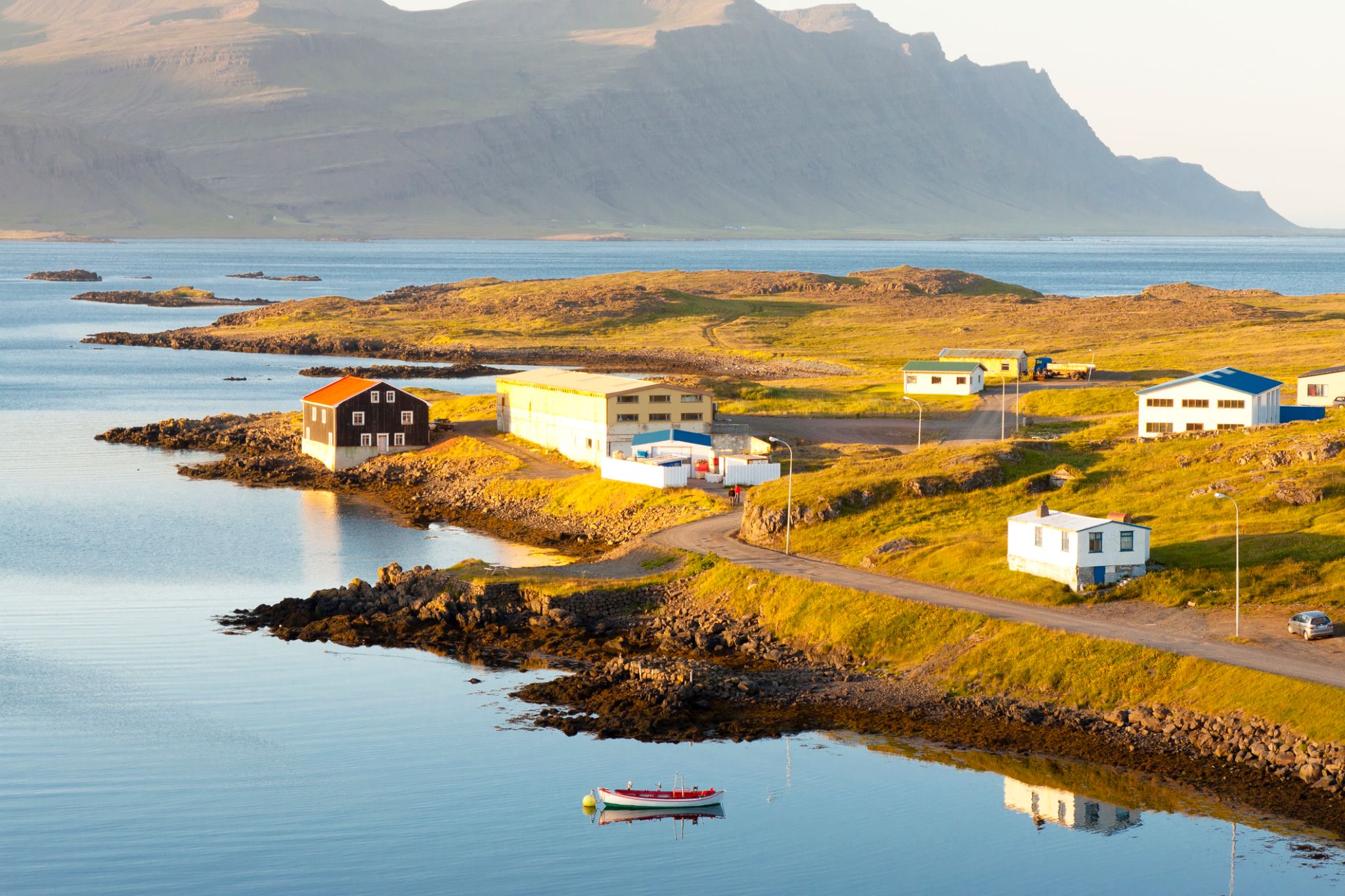 Dzień 6: 07:00-16:00
Dzień 6: 07:00-16:00Djupivogur / Islandia
Ten malowniczy zakątek Islandii, Djupivogur, zachwyca nienaruszoną przyrodą i spokojną atmosferą rybackiej wioski. Można tu podziwiać tradycyjne islandzkie rzemiosło, cieszyć się widokiem na Ocean Atlantycki oraz podziwiać unikalne rzeźby na świeżym powietrzu, w tym słynną instalację „Ptaki” — kolekcję 34 brązowych figur stworzonych przez znanego artystę Ragnara Kjartanssona. Djúpivogur to idealne miejsce dla tych, którzy chcą uciec od zgiełku i cieszyć się spokojem północnej przyrody, odkrywając malownicze krajobrazy i lokalną kulturę. Miłośnicy pieszych wędrówek docenią pobliskie szlaki przez wzgórza i skaliste wybrzeża, a port rybacki wciąż tętni życiem, zachowując tradycje przekazywane z pokolenia na pokolenie. -
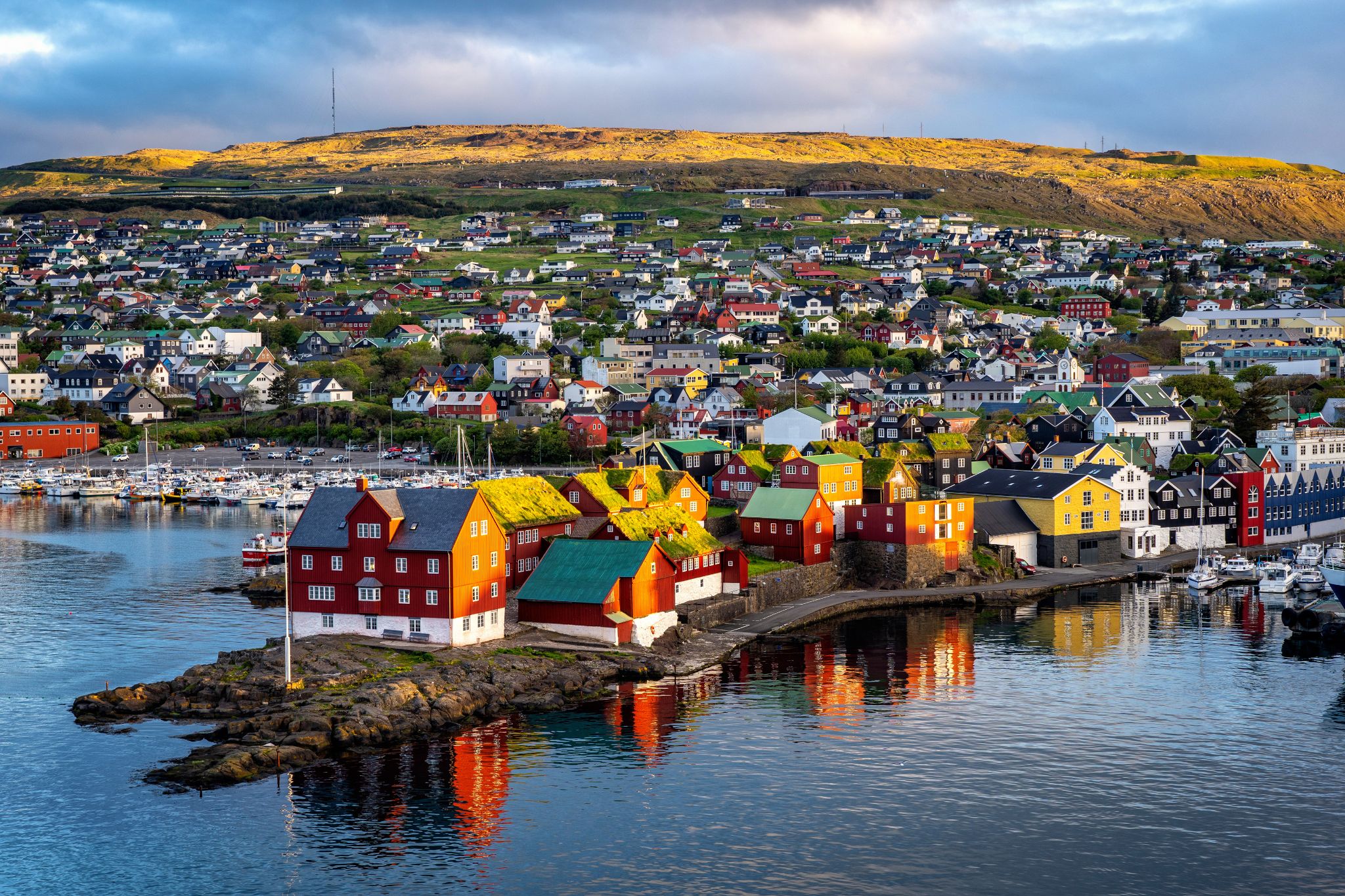 Dzień 7: 11:30
Dzień 7: 11:30Torshavn / Faroe Islands
Tórshavn is the capital and largest town of the Faroe Islands. Tórshavn is in the southern part on the east coast of Streymoy. To the northwest of the city lies the 347-meter-high (1,138 ft) mountain Húsareyn, and to the southwest, the 350-meter-high (1,150 ft) Kirkjubøreyn. They are separated by the Sandá River. The town proper has a population of 13,089 (2017), and the greater urban area a population of 21,000.
The Norse established their parliament on the Tinganes peninsula in AD 850.[3] Tórshavn thus became the capital of the Faroe Islands and has remained so ever since. All through the Middle Ages the narrow peninsula jutting out into the sea made up the main part of Tórshavn. Early on, Tórshavn became the centre of the islands' trade monopoly, thereby being the only legal place for the islanders to sell and buy goods. In 1856, the trade monopoly was abolished and the islands were left open to free trade.
-
 Dzień 8: 18:00
Dzień 8: 18:00Torshavn / Faroe Islands
Tórshavn is the capital and largest town of the Faroe Islands. Tórshavn is in the southern part on the east coast of Streymoy. To the northwest of the city lies the 347-meter-high (1,138 ft) mountain Húsareyn, and to the southwest, the 350-meter-high (1,150 ft) Kirkjubøreyn. They are separated by the Sandá River. The town proper has a population of 13,089 (2017), and the greater urban area a population of 21,000.
The Norse established their parliament on the Tinganes peninsula in AD 850.[3] Tórshavn thus became the capital of the Faroe Islands and has remained so ever since. All through the Middle Ages the narrow peninsula jutting out into the sea made up the main part of Tórshavn. Early on, Tórshavn became the centre of the islands' trade monopoly, thereby being the only legal place for the islanders to sell and buy goods. In 1856, the trade monopoly was abolished and the islands were left open to free trade.
-
 Dzień 9:
Dzień 9:Dzień na morzu / Morze
-
 Dzień 10: 08:00-19:00
Dzień 10: 08:00-19:00Grundarfjordur / Islandia
Grundarfjordur to malownicze miasto położone na zachodnim wybrzeżu Islandii, u stóp majestatycznej góry Kirkjufell. To niewielkie osiedle przyciąga turystów zapierającymi dech w piersiach widokami na fiordy i górskie krajobrazy, a także unikalną przyrodą, w tym licznymi wodospadami i geotermalnymi źródłami. Jedną z głównych atrakcji w regionie jest góra Kirkjufell, która stała się słynna dzięki swojemu charakterystycznemu sylwetce i popularności wśród fotografów. Grundarfjordur jest doskonałym punktem wyjścia do odkrywania pobliskich miejsc przyrodniczych, takich jak Park Narodowy Skaftafell i lodowiec Skaftatall.
Dla miłośników aktywnego wypoczynku Grundarfjordur oferuje wspaniałe możliwości wędkarstwa, pieszych wędrówek i obserwacji ptaków. W mieście znajdują się także przytulne kawiarnie i restauracje serwujące świeże owoce morza oraz tradycyjne islandzkie dania. Dodatkowo Grundarfjordur znajduje się blisko głównych tras turystycznych Islandii, co czyni go dogodnym miejscem na postój w drodze do słynnych cudów natury kraju.
-
 Dzień 11: 07:00
Dzień 11: 07:00Reykjavik / Islandia
Reykjavík is the capital and largest city of Iceland. It is located in southwestern Iceland, on the southern shore of Faxa Bay. Its latitude is 64°08' N, making it the world's northernmost capital of a sovereign state. With a population of around 123,300 (and over 216,940 in the Capital Region), it is the heart of Iceland's cultural, economic and governmental activity, and is a popular tourist destination.
Reykjavík is believed to be the location of the first permanent settlement in Iceland, which, according to Ingólfr Arnarson, was established in AD 874. Until the 19th century, there was no urban development in the city location. The city was founded in 1786 as an official trading town and grew steadily over the following decades, as it transformed into a regional and later national centre of commerce, population, and governmental activities. It is among the cleanest, greenest, and safest cities in the world.
-
 Dzień 12: 10:00
Dzień 12: 10:00Reykjavik / Islandia
Reykjavík is the capital and largest city of Iceland. It is located in southwestern Iceland, on the southern shore of Faxa Bay. Its latitude is 64°08' N, making it the world's northernmost capital of a sovereign state. With a population of around 123,300 (and over 216,940 in the Capital Region), it is the heart of Iceland's cultural, economic and governmental activity, and is a popular tourist destination.
Reykjavík is believed to be the location of the first permanent settlement in Iceland, which, according to Ingólfr Arnarson, was established in AD 874. Until the 19th century, there was no urban development in the city location. The city was founded in 1786 as an official trading town and grew steadily over the following decades, as it transformed into a regional and later national centre of commerce, population, and governmental activities. It is among the cleanest, greenest, and safest cities in the world.
-
 Dzień 13:
Dzień 13:Dzień na morzu / Morze
-
 Dzień 14: 11:00-19:00
Dzień 14: 11:00-19:00Kirkwall / Wielka Brytania
-
 Dzień 15: 07:00-16:00
Dzień 15: 07:00-16:00Allapul Ullapul / Scotland
-
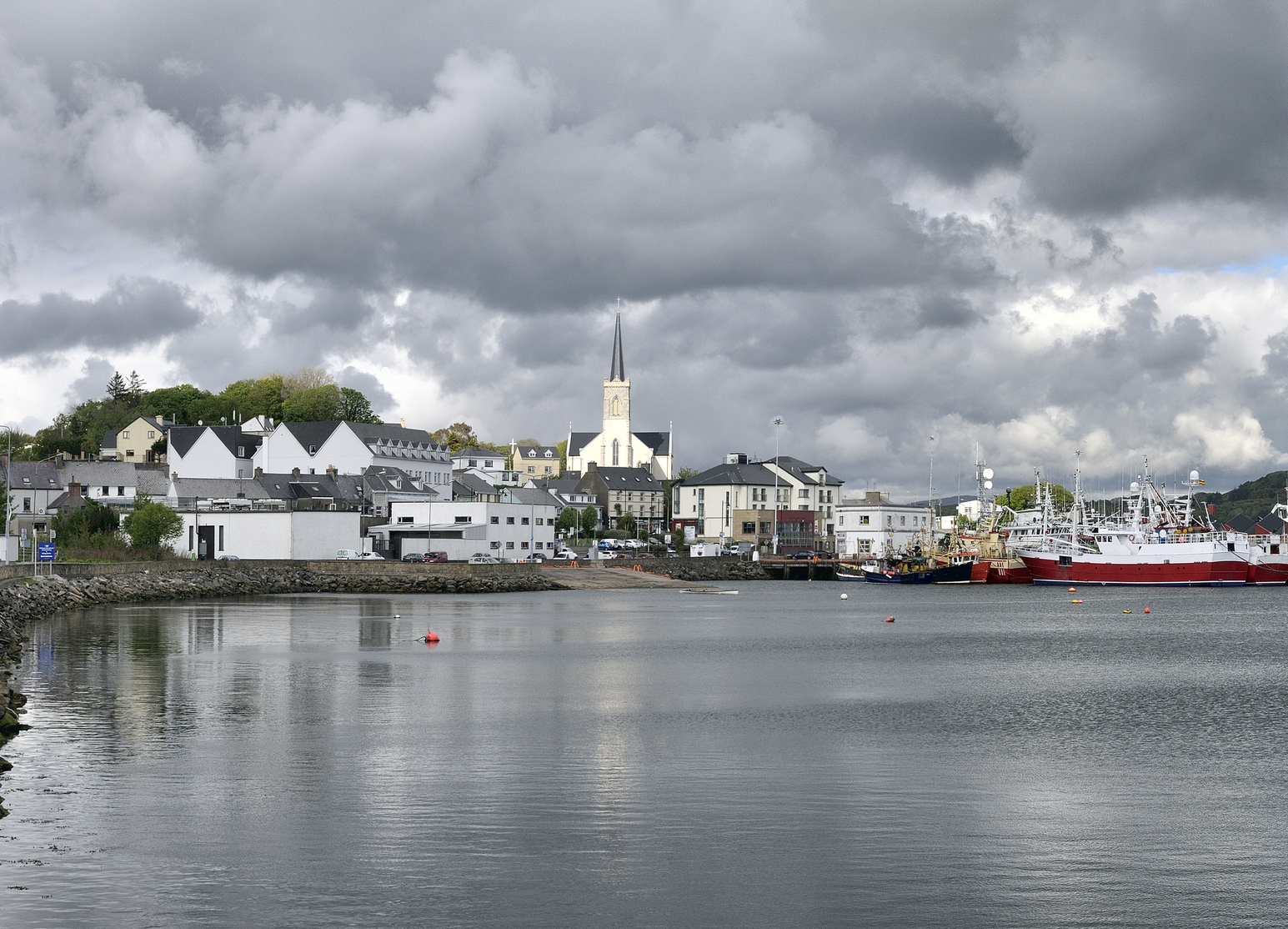 Dzień 16: 10:00-18:00
Dzień 16: 10:00-18:00Killibegs / Irlandia
-
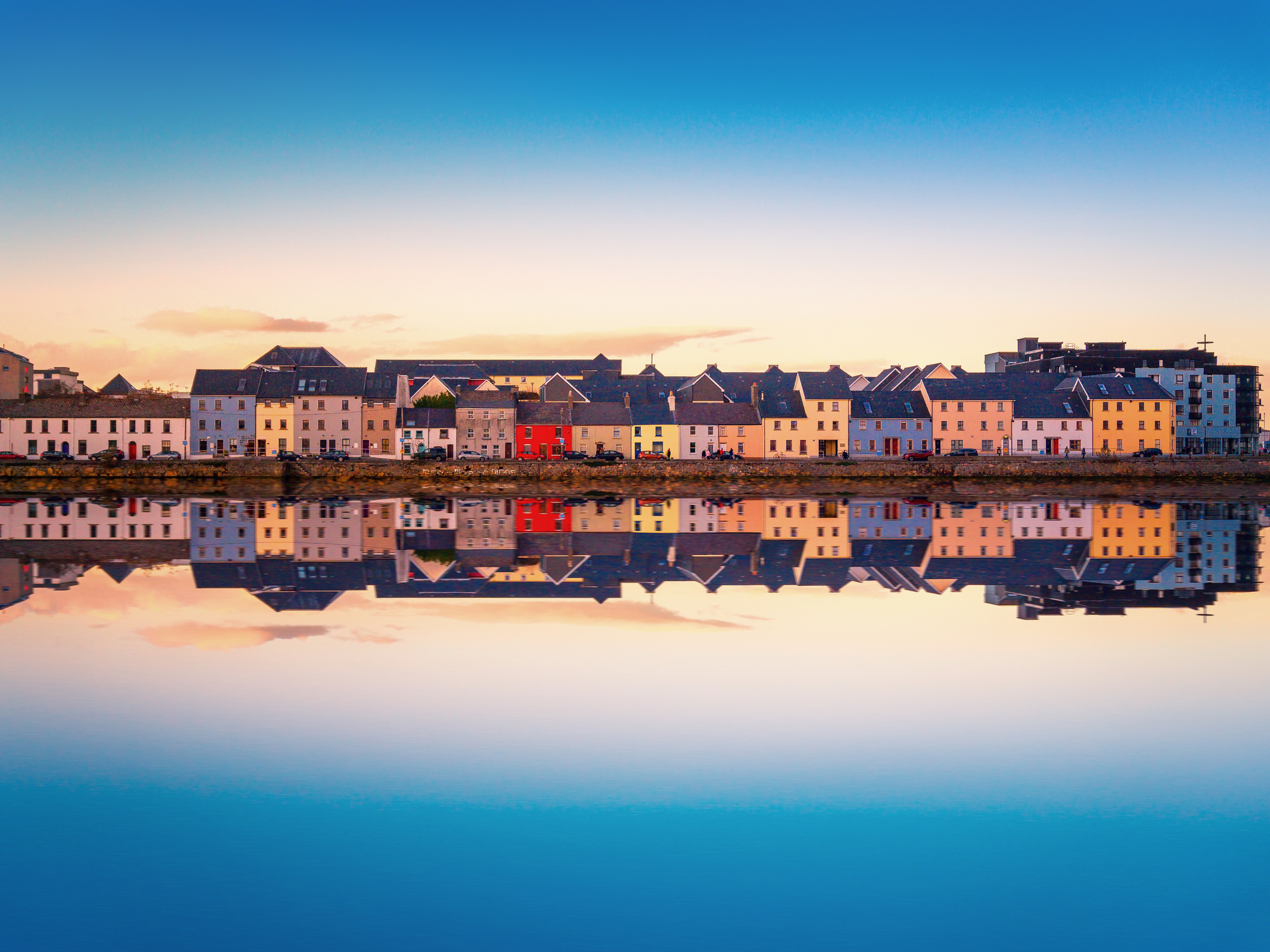 Dzień 17: 08:00-19:00
Dzień 17: 08:00-19:00Galway / Irlandia
-
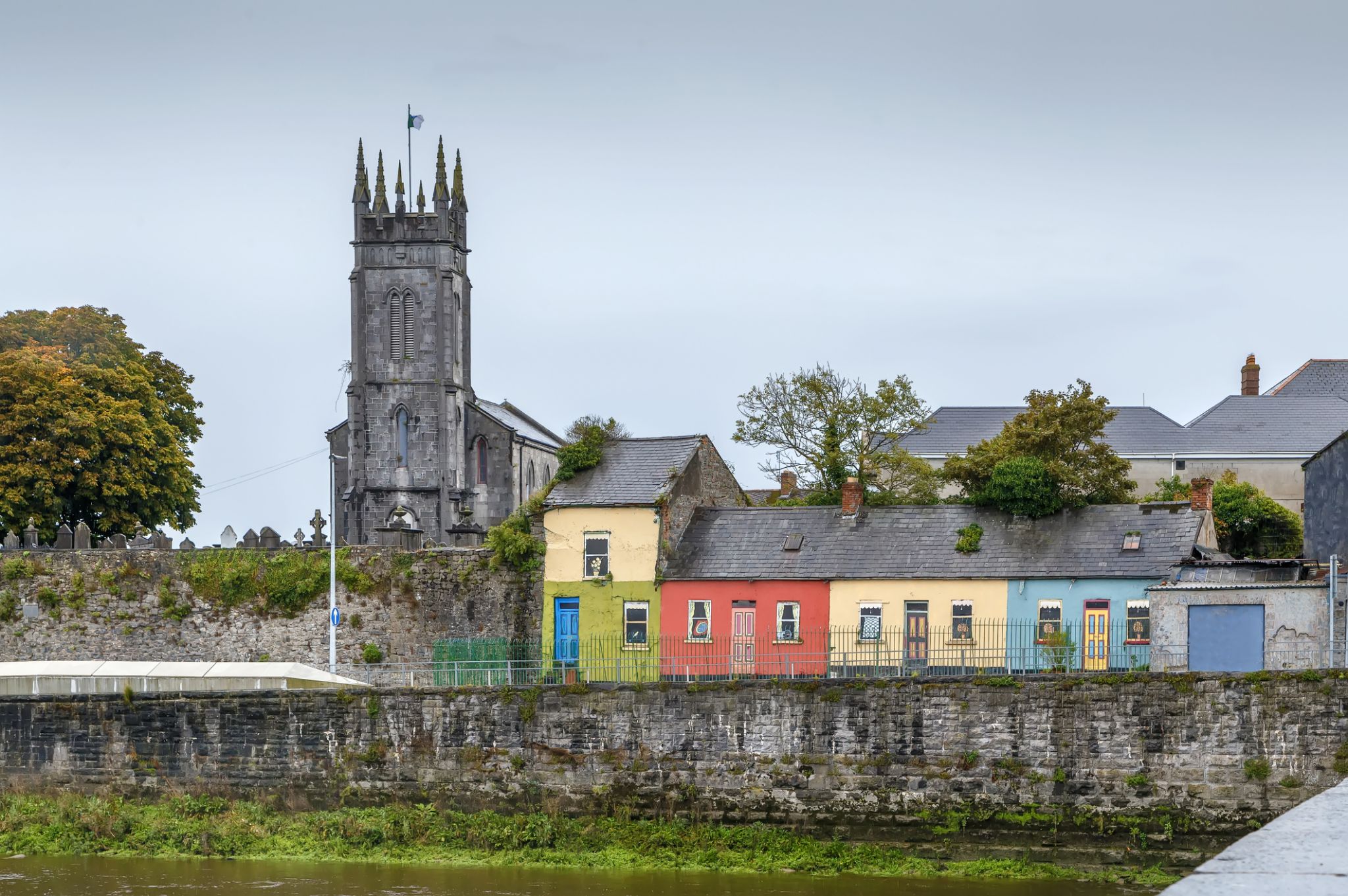 Dzień 18: 07:00-19:00
Dzień 18: 07:00-19:00Foynes, Limerick / Irlandia
-
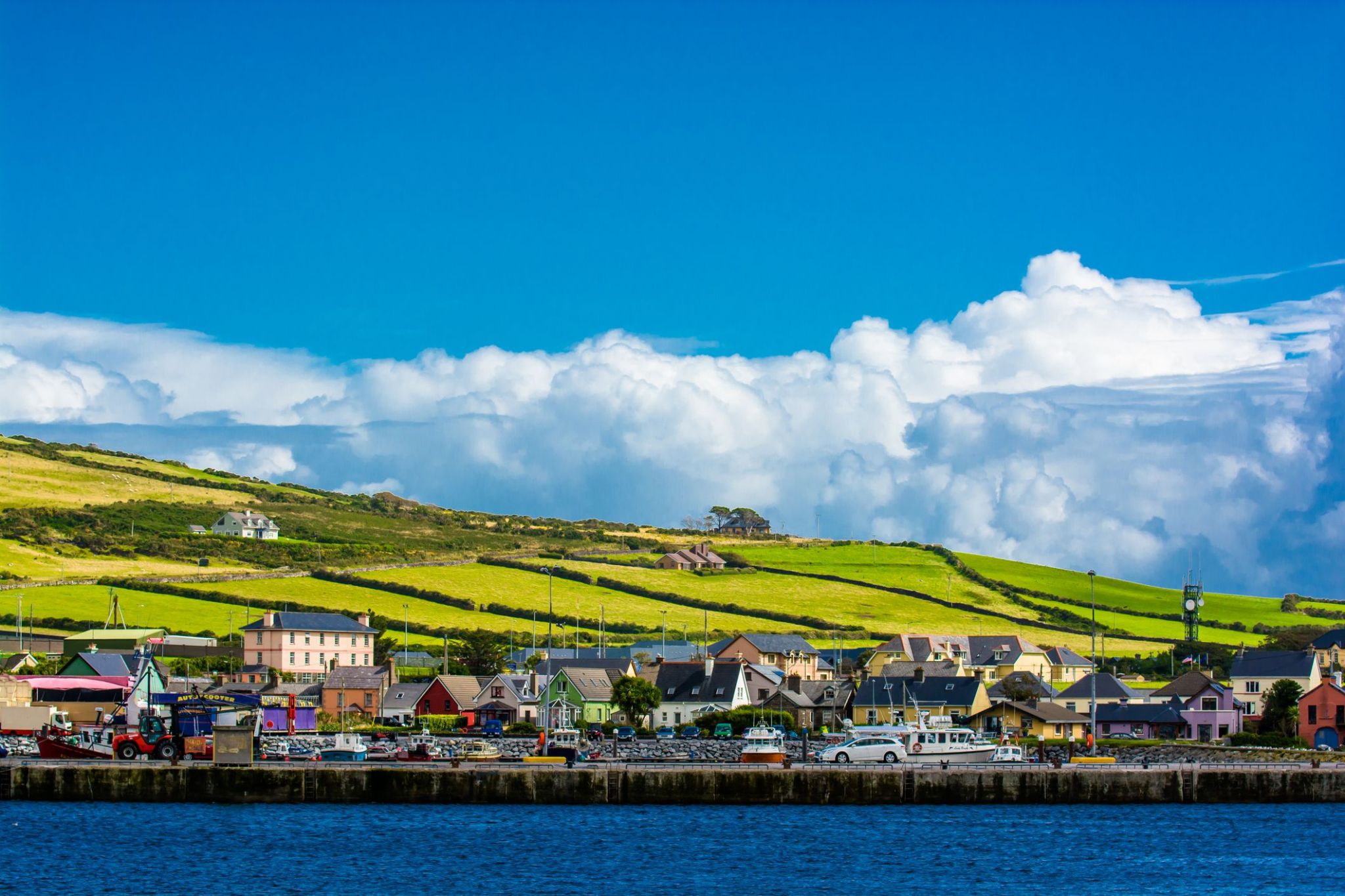 Dzień 19: 07:00-19:00
Dzień 19: 07:00-19:00Dingle / Irlandia
Na zachodnim wybrzeżu Irlandii, wśród dramatycznych krajobrazów półwyspu Dingle, leży urocze nadmorskie miasteczko Dingle, gdzie czas płynie jakby wolniej. Ten malowniczy zakątek hrabstwa Kerry urzeka kolorowymi domkami, tradycyjnymi pubami z muzyką na żywo i atmosferą prawdziwej irlandzkiej wioski. W porcie niegdyś mieszkał słynny delfin Fungie — ulubieniec mieszkańców i turystów — a dziś odwiedzający wyruszają stąd na rejsy, by obserwować delfiny i ptaki morskie. Dingle to idealne miejsce dla tych, którzy szukają połączenia natury, kultury i przygody. W pobliżu znajdują się prehistoryczne kamienne forty i wczesnochrześcijańskie miejsca, a z samego miasteczka zaczyna się jedna z najpiękniejszych tras widokowych Irlandii — Slea Head Drive. Można tu spróbować lodów z mleka owczego, skosztować świeżych owoców morza i usłyszeć, jak brzmi prawdziwy język irlandzki — gaelicki, który wciąż żyje w codziennym użyciu. -
 Dzień 20: 07:00-19:00
Dzień 20: 07:00-19:00Glengarriff / Irlandia
-
 Dzień 21: 07:00-19:00
Dzień 21: 07:00-19:00Cork / Irlandia
Cork is a city in south-west Ireland, in the province of Munster, which had a population of 125,657 in 2016.
The city is on the River Lee which splits into two channels at the western end and divides the city centre into islands. They reconverge at the eastern end where the quays and docks along the river banks lead outwards towards Lough Mahon and Cork Harbour, one of the largest natural harbours in the world.
Expanded by Viking invaders around 915, the city's charter was granted by Prince John, as Lord of Ireland, in 1185. Cork city was once fully walled, and the remnants of the old medieval town centre can be found around South and North Main streets.
The third largest city on the island of Ireland, the city's cognomen of "the rebel city" originates in its support for the Yorkist cause in the Wars of the Roses. Corkonians often refer to the city as "the real capital", a reference to its opposition to the Anglo-Irish Treaty in the Irish Civil War.
-
 Dzień 22:
Dzień 22:Dzień na morzu / Morze
-
 Dzień 23: 07:00-17:00
Dzień 23: 07:00-17:00Londyn / Wielka Brytania
-
 Dzień 24:
Dzień 24:Dzień na morzu / Morze
-
 Dzień 25:
Dzień 25:Dzień na morzu / Morze
-
 Dzień 26: 07:00-17:00
Dzień 26: 07:00-17:00Rosendal / Norway
-
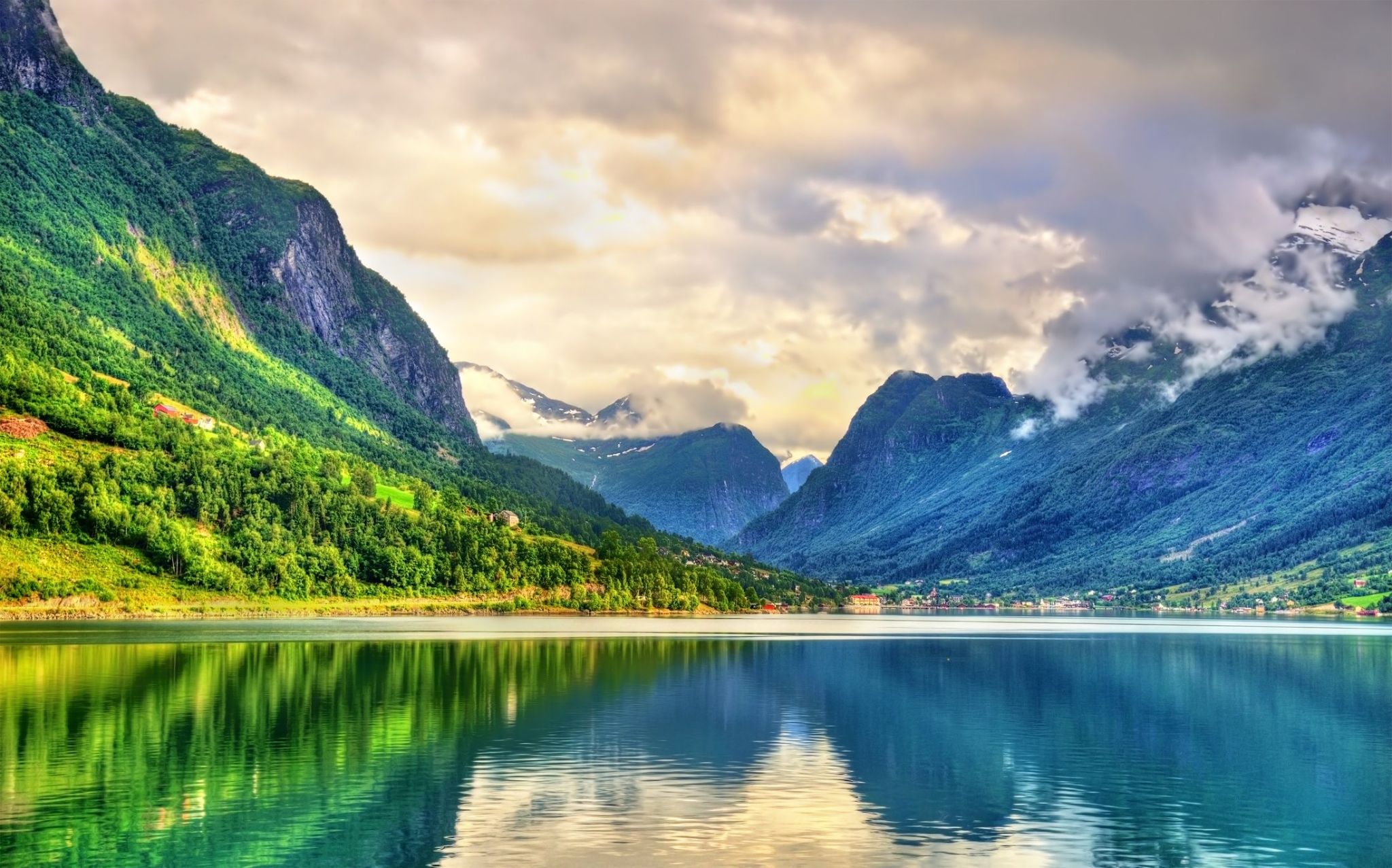 Dzień 27: 11:00-19:00
Dzień 27: 11:00-19:00Nordfjorden / Norway
-
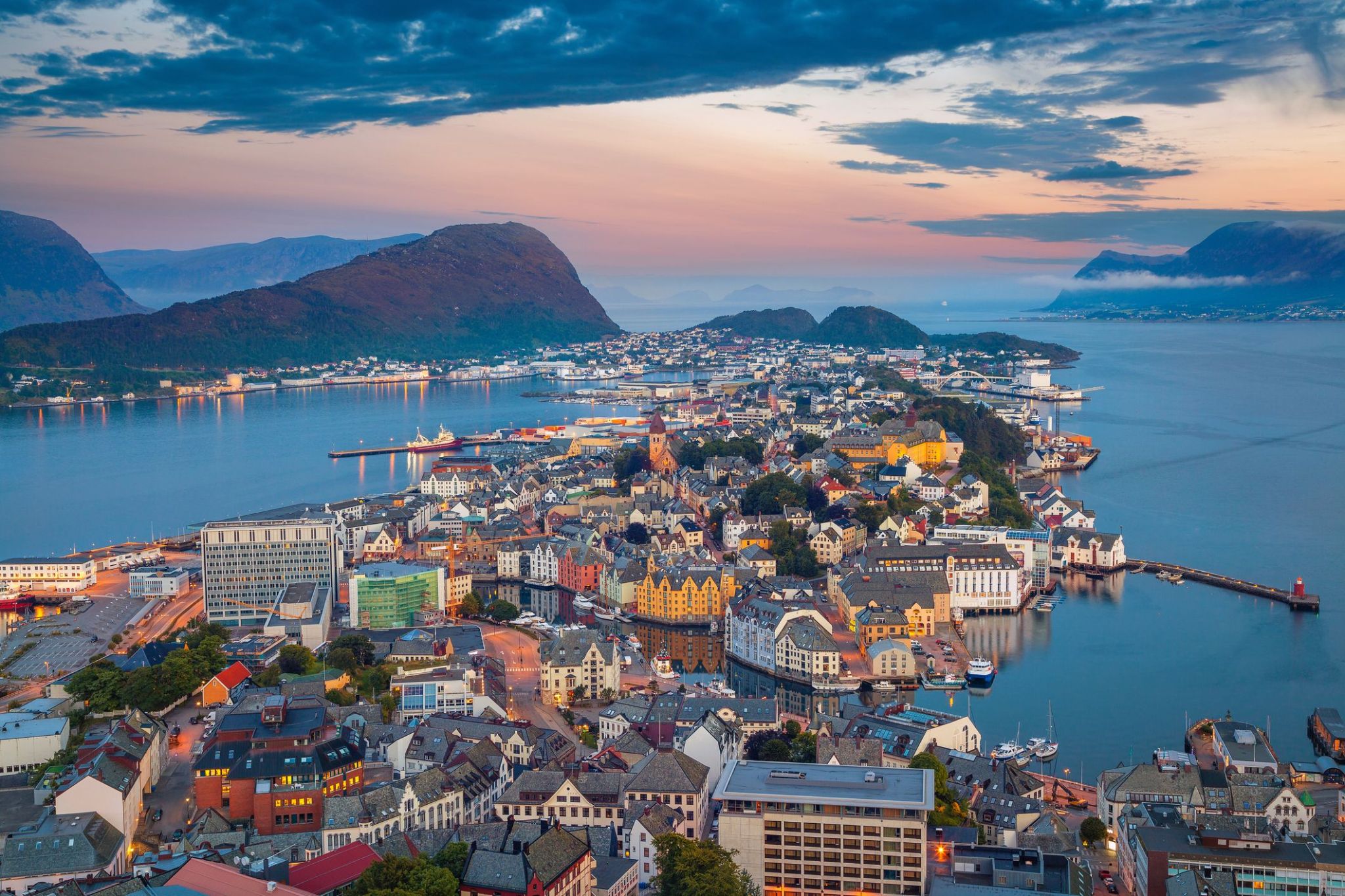 Dzień 28: 07:00
Dzień 28: 07:00Olesunn / Norway
-
 Dzień 29: 17:00
Dzień 29: 17:00Olesunn / Norway
-
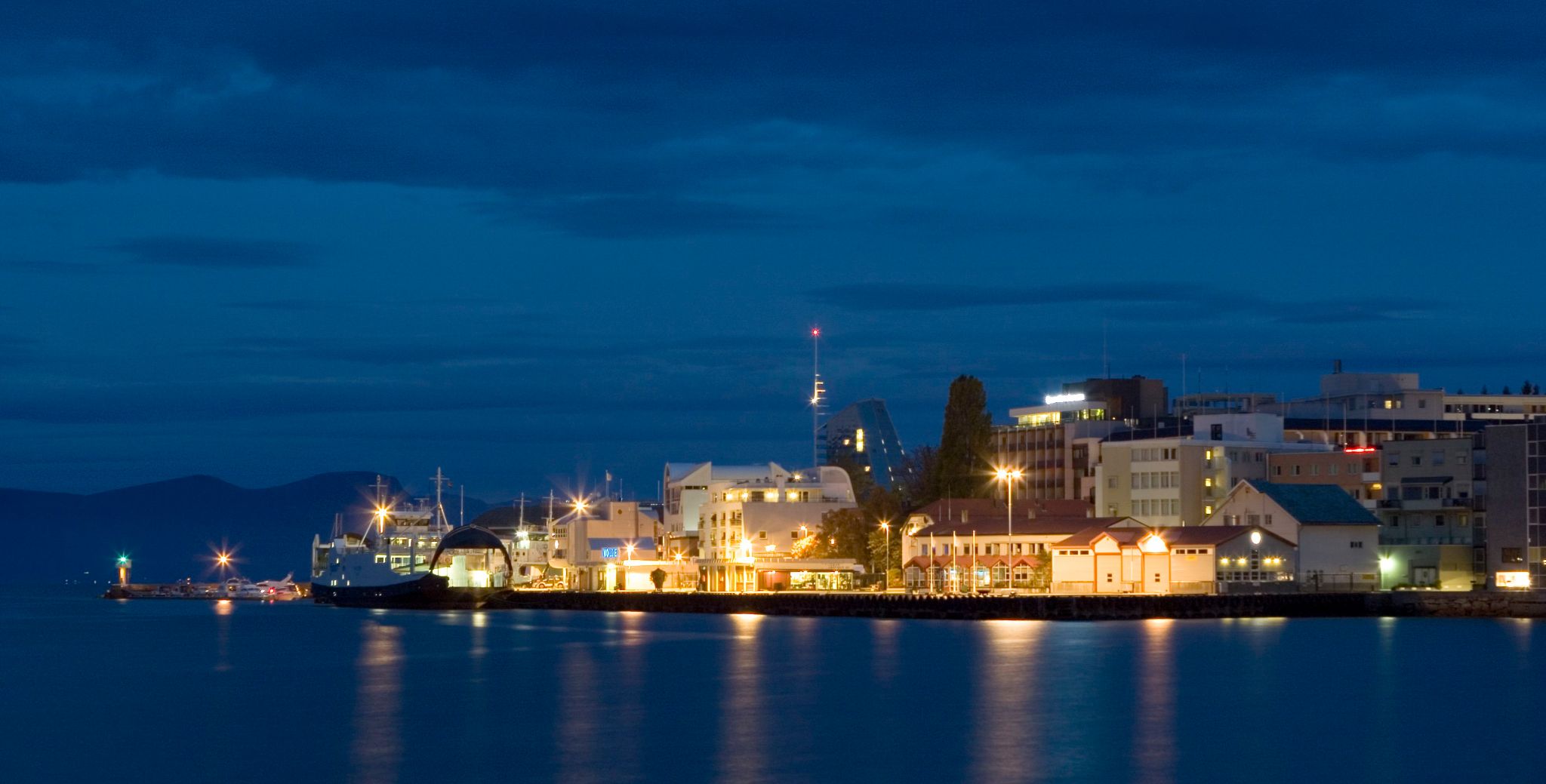 Dzień 30: 07:00-17:00
Dzień 30: 07:00-17:00Molde / Norway
Molde to malownicze miasto na zachodnim wybrzeżu Norwegii, położone nad brzegiem fiordu Romsdalsfjord. Znane z zachwycających krajobrazów, miasto często nazywane jest „Miastem Róż” z powodu licznych ogrodów różanych, które ozdabiają jego ulice i parki. Molde otoczone jest szczytami górskimi i zielonymi wzgórzami, co tworzy unikalne połączenie widoków górskich i morskich. Jednym z najbardziej znanych widoków jest ten z góry Vesterhorn, skąd rozciąga się panorama 222 górskich szczytów, tworzących imponujący krajobraz.
Molde słynie również z życia kulturalnego i historii. W mieście odbywa się międzynarodowy festiwal jazzowy, który przyciąga muzyków i turystów z całego świata. Miasto oferuje turystom wiele możliwości aktywnego wypoczynku, takich jak wędrówki malowniczymi szlakami, wędkarstwo i rejsy po fiordzie. Zabytki historyczne, takie jak Kościół Molde, oraz bliskość naturalnych atrakcji, takich jak Droga Atlantycka, sprawiają, że Molde jest idealnym miejscem dla tych, którzy chcą połączyć wypoczynek na łonie natury z odkrywaniem kultury i historii.
-
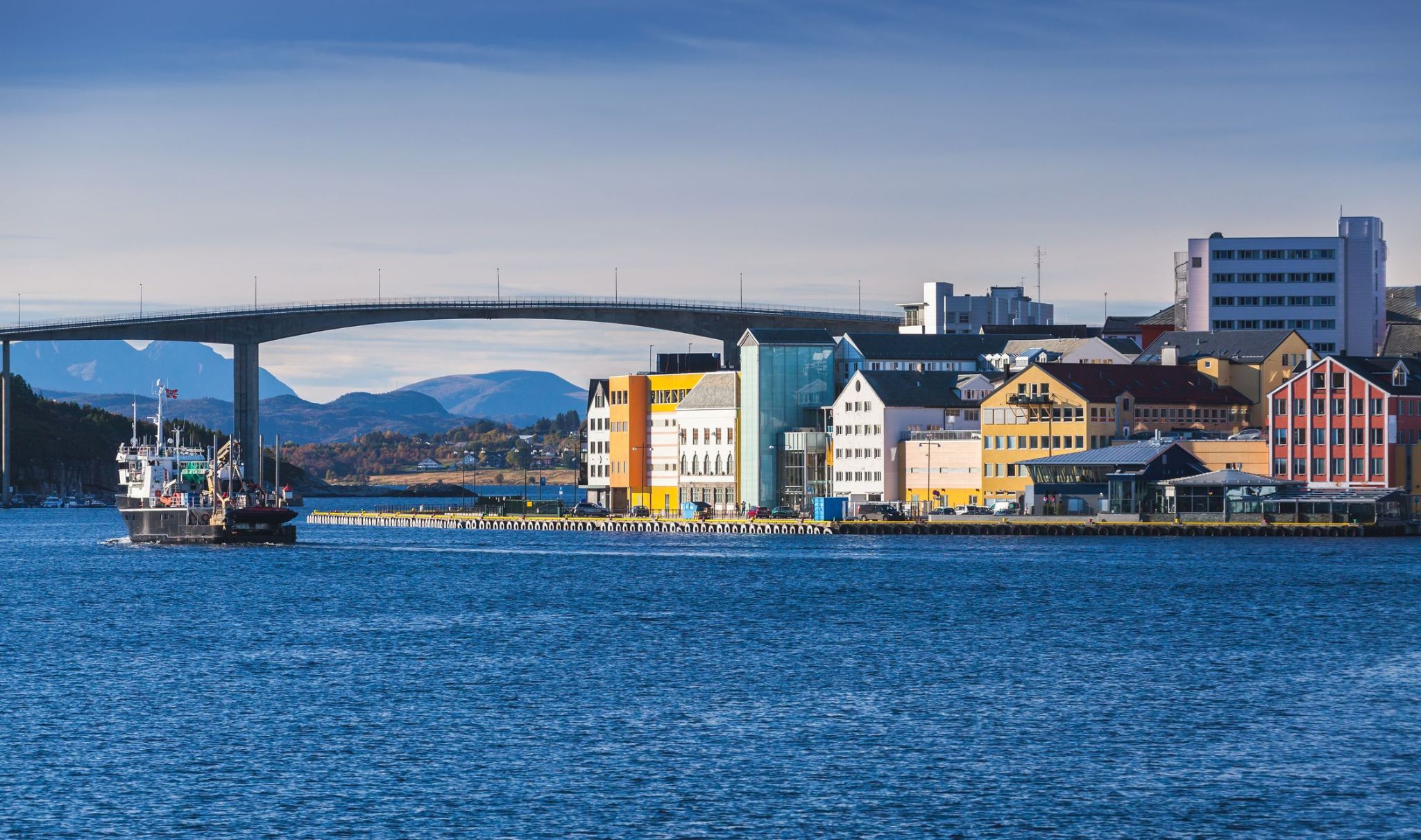 Dzień 31: 07:00-17:00
Dzień 31: 07:00-17:00Kristiansand / Norway
Kristiansand, historically Christianssand and Christiansand, is a city and municipality in Norway. It is the fifth largest city in Norway and the municipality is the sixth largest in Norway, with a population of 88,598 as of June 2016. In addition to the city itself, Statistics Norway counts four other densely populated areas in the municipality: Skålevik in Flekkerøy with a population of 3,526 in the Vågsbygd borough, Strai with a population of 1,636 in the Grim borough, Justvik with a population of 1,803 in the Lund borough, and Tveit with a population of 1,396 (as of January 2012) in the Oddernes borough. Kristiansand is divided into five boroughs: Grim, which is located northwest in Kristiansand with a population of 15,000; Kvadraturen, which is the centre and downtown Kristiansand with a population of 5,200; Lund, the second largest borough; Oddernes, a borough located in the west; and Vågsbygd, the largest borough with a population of 36,000, located in the southwest.
-
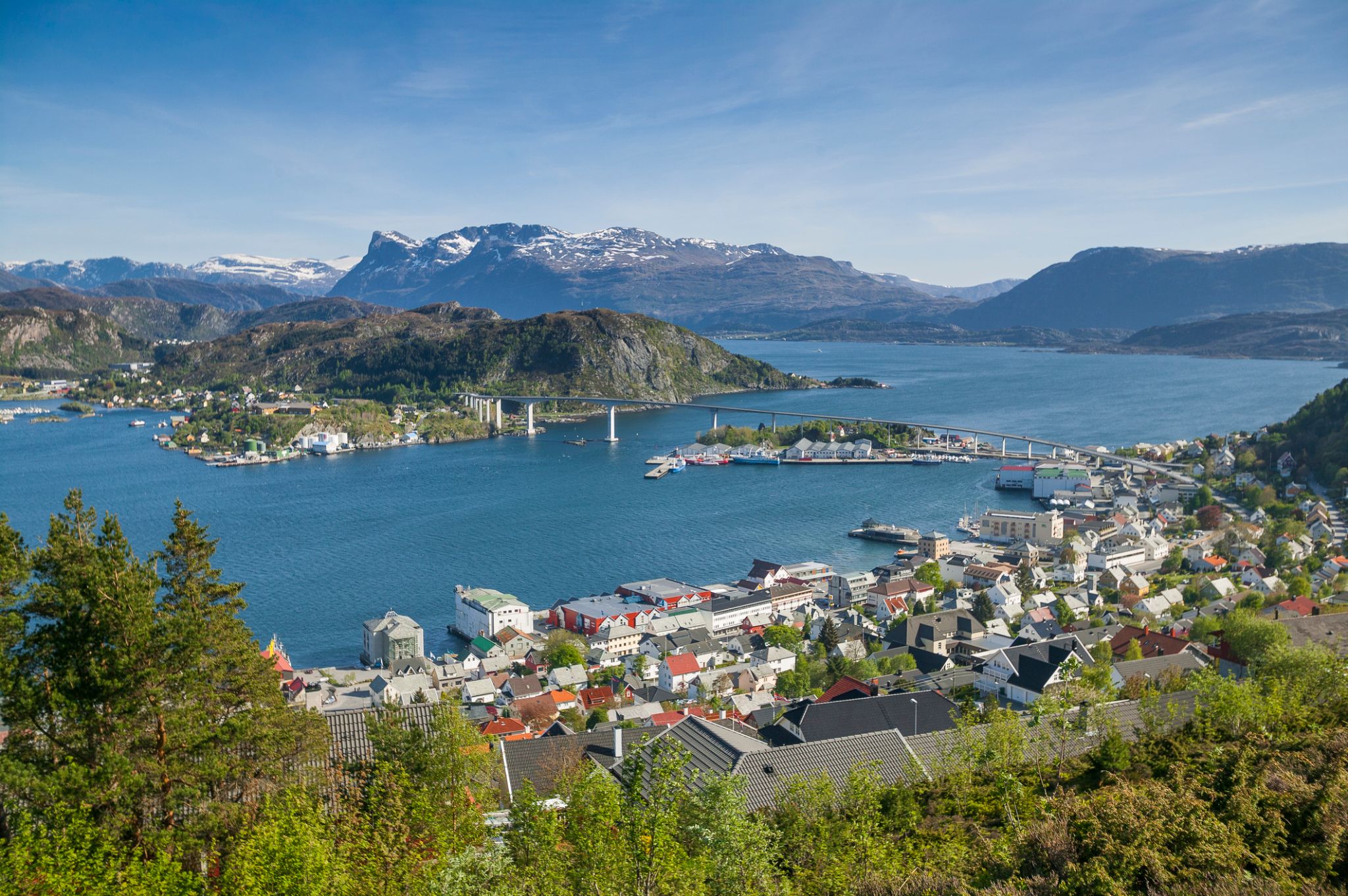 Dzień 32: 07:00-16:00
Dzień 32: 07:00-16:00Måløy
-
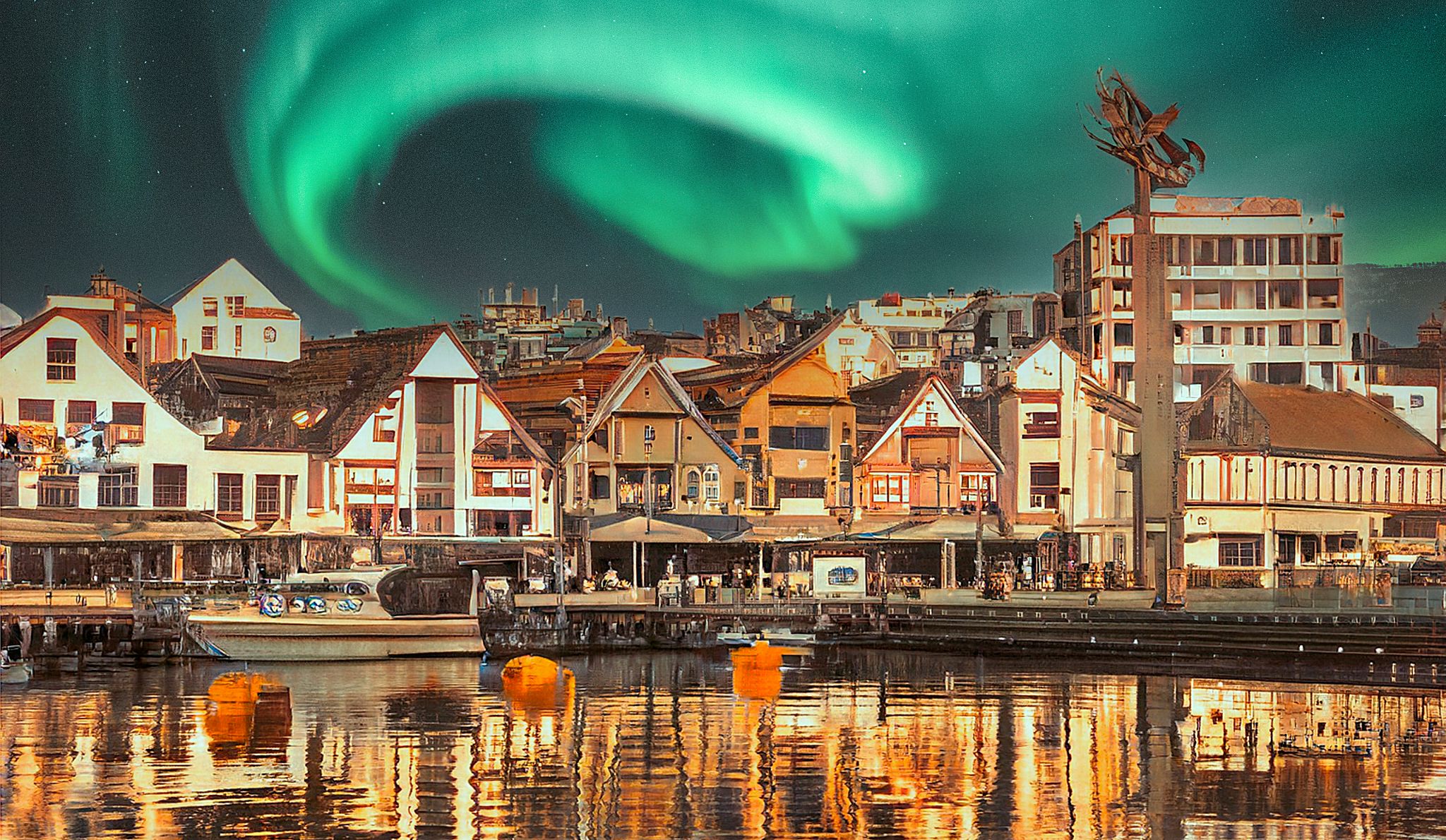 Dzień 33: 11:00-18:00
Dzień 33: 11:00-18:00Stavanger / Norway
Stavanger is a city and municipality in Norway. It is the third largest city and metropolitan area in Norway (through conurbation with neighbouring Sandnes) and the administrative centre of Rogaland county. The municipality is the fourth most populous in Norway. Located on the Stavanger Peninsula in Southwest Norway, Stavanger counts its official founding year as 1125, the year the Stavanger Cathedral was completed. Stavanger's core is to a large degree 18th- and 19th-century wooden houses that are protected and considered part of the city's cultural heritage. This has caused the town centre and inner city to retain a small-town character with an unusually high ratio of detached houses, and has contributed significantly to spreading the city's population growth to outlying parts of Greater Stavanger.
-
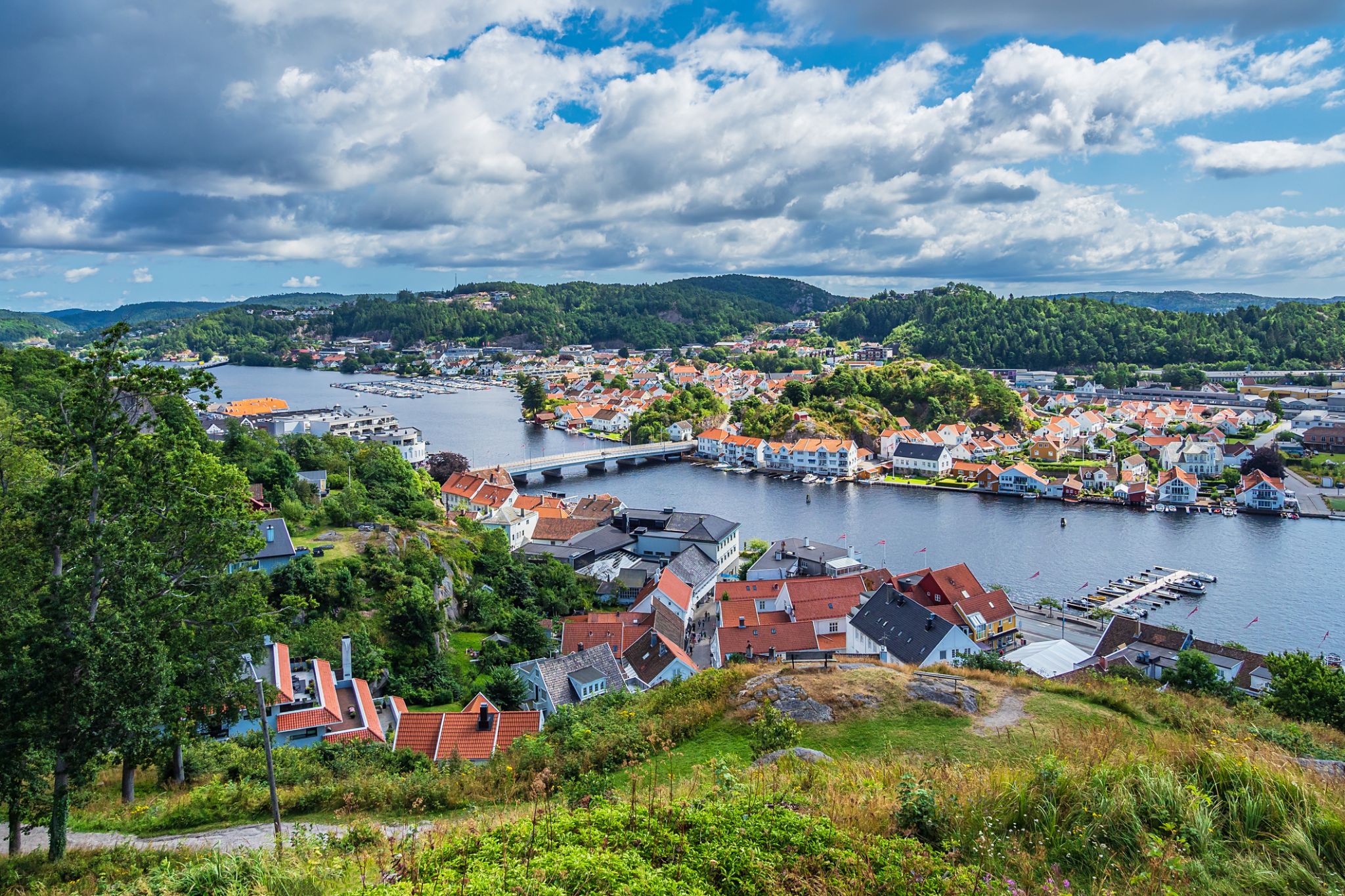 Dzień 34: 07:00-16:00
Dzień 34: 07:00-16:00Mandal
-
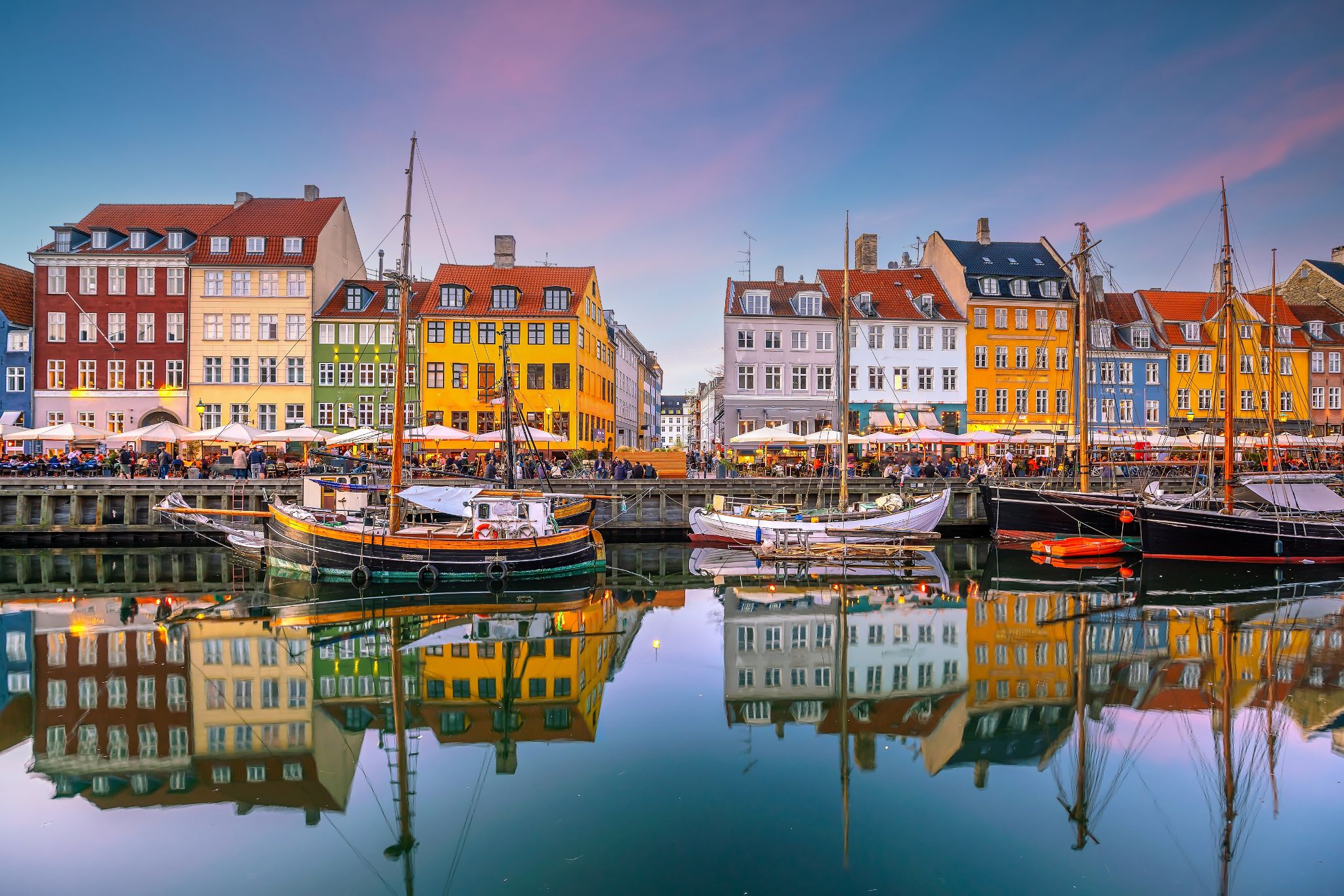 Dzień 35: 10:00
Dzień 35: 10:00Kopenhaga / Denmark
the capital and chief port of Denmark, a city that occupies the eastern part of Zealand and northern part of the island of Amager; population 518,574 (2009).
-
 Dzień 36: 12:00
Dzień 36: 12:00Kopenhaga / Denmark
the capital and chief port of Denmark, a city that occupies the eastern part of Zealand and northern part of the island of Amager; population 518,574 (2009).
-
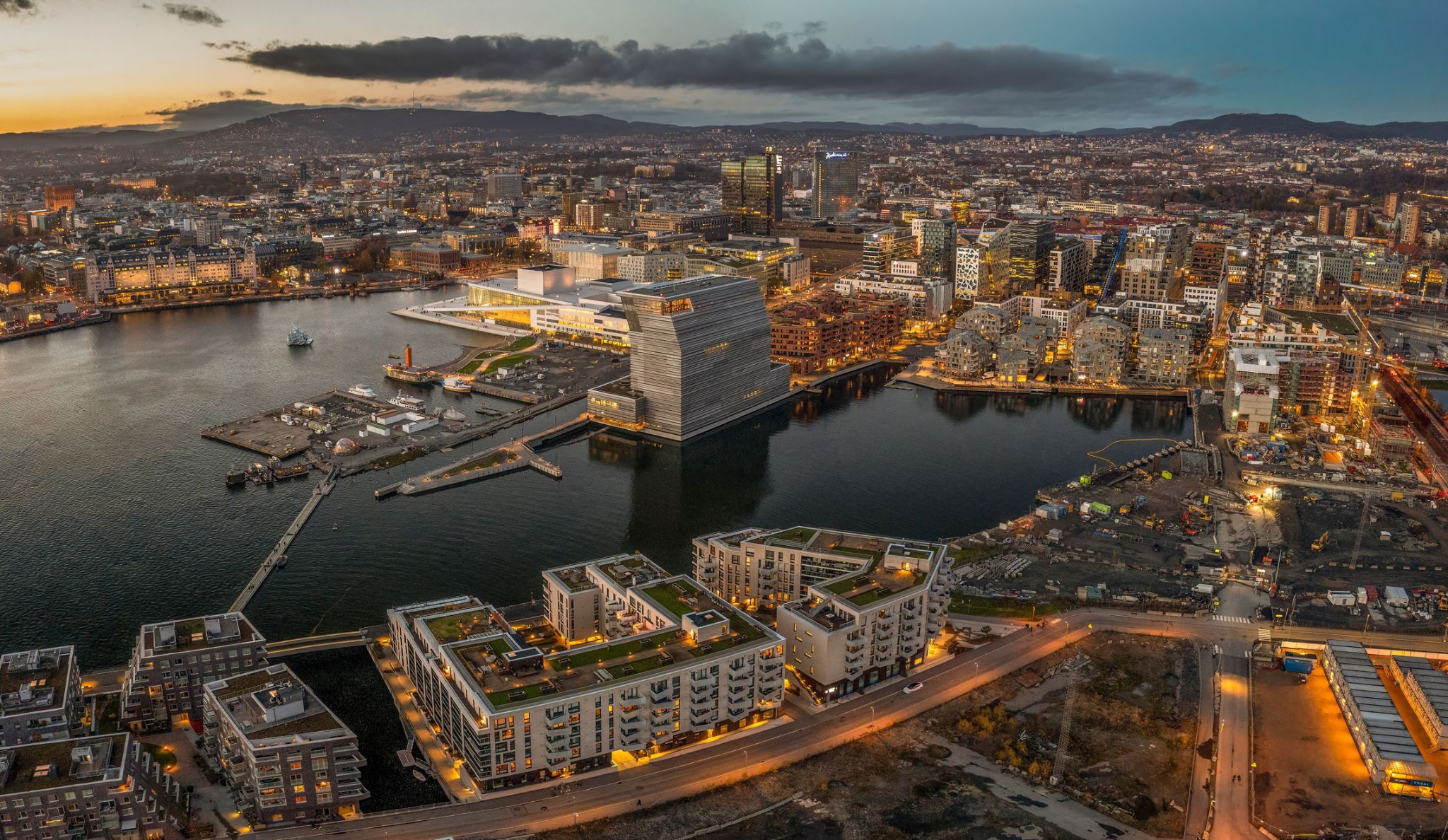 Dzień 37: 07:00-17:00
Dzień 37: 07:00-17:00Osło / Norway
Oslo is the capital and most populous city of Norway. It constitutes both a county and a municipality. Founded in the year 1040 as Ánslo, and established as a trading place in 1048 by Harald Hardrada, the city was elevated to a bishopric in 1070 and a capital under Haakon V of Norway around 1300. Personal unions with Denmark from 1397 to 1523 and again from 1536 to 1814 reduced its influence, and with Sweden from 1814 to 1905 it functioned as a co-official capital. After being destroyed by a fire in 1624, during the reign of King Christian IV, a new city was built closer to Akershus Fortress and named Christiania in the king's honour. It was established as a municipality on 1 January 1838. The city's name was spelled Kristiania between 1877 and 1897 by state and municipal authorities. In 1925 the city was renamed Oslo.
